|
Sad to say, summer is coming to an end, and it seems to have gone by in a blur. With autumn just around the corner, it’s time to start exploring a few red wines. However, I can assure you that I will be writing about white, rosé, and sparkling wines all year long! Today, my virtual plane takes us to Flora Springs Napa Valley Estates to taste some delightful red wines. Flora Springs is a family-run winery founded in 1978 by Jerry and Flora Komes. In 1977 they purchased 325 acres of land and 60 acres of vineyards which needed attention, including rebuilding the winery. The property is situated among vineyards planted in the late 1800s and is now part of the estate vineyards. Today, their son John is the president, and both he and his sister Julie, are the proprietors of the estate. In addition, Julie’s husband, Pat Garvey, is the vineyard director and proprietor. Since Jerry and Flora’s retirement and subsequent passing, (Jerry died in 2001 and Flora died in 2012), the Komes-Garvey family, including the third generation, have carried on the family legacy and expanded the estate to include over 500 acres of land, of which 350 acres are planted to vines. The estate properties extend from the cool, rolling hills of Carneros to the renowned sub-appellations of Oakville, Rutherford, and St. Helena. The family is all about sustainable practices in the vineyards that promote healthy vines and soil. In January of 2020, Daniel and Florence Cathiard, the owners of Château Smith-Haut-Lafitte in Bordeaux, purchased Flora Springs. However, the Komes-Garvey families will retain the brand name and tasting room in St. Helena. In addition, they still own 200 acres of other vineyards throughout Napa Valley including vineyards where grapes are sourced for their flagship wines, Trilogy and Soliloquy. Here are two elegant wines from the estate. Trilogy, Red Blend 2018 This is Flora Spring’s flagship wine. The first vintage was produced in 1984. Sourced from the best lots of the Komes Ranch Napa Valley vineyards, this Bordeaux-style wine is 83% Cabernet Sauvignon, 8% Malbec, and 9% Petit Verdot. It is aged for 18 months in 80% French oak and 20% American oak. It opens with beautiful aromas of soft floral notes, dark berries, plum, and spice. The palate offers black and red fruit, emphasizing dark cherry, plum, and black raspberry. This is an elegant but lively wine with just the right amount of acidity. Spicy notes with vanilla and cocoa linger on a long finish. Alcohol: 14.2% SPR: $85 Cabernet Sauvignon, Napa Valley 2018 This 100% Cabernet Sauvignon is sourced and hand-harvested from the Komes Vineyard in Rutherford and Crossroads Vineyard in Oakville. All lots were aged for 18 months in 70% French oak and 30% American oak barrels. Beautiful aromas of red and dark fruit, spice, and a hint of herbs spill onto the palate with layers of dark cherry, plum, anise, baking spice, and dark chocolate. The acidity keeps this wine on the lively side, but it always maintains its sophistication.
Alcohol: 14.2% SRP: $50 You can tuck these wines away until 2035 or open now! Pair with grilled meat, seared tuna, stews, or hearty soups. Enjoy! Until next time…. Cheers! Penina To leave a comment or if you have an inquiry, please contact me at [email protected] Every bottle of wine has a story, whether it’s the history behind the winemaking, the grapes, region, or the memory attached to drinking it. This is a story of an Albanian family who has striven and succeeded in making a difference in war-torn Kosovo. The story begins with Rrustem Gecaj, an Albanian American who immigrated from Yugoslavia in 1974 to escape communism and the hardships that came with it. After living in Italy and then Canada, Rrustem was granted a visa to the United States in 1976. He made his home in New York City, became a United States citizen, and with his wife raised their children in the surrounding suburbs. Through wise real estate investments and other fruitful business ventures, Rrustem amassed an impressive portfolio. However, the ravages of the Kosovo War that raged from 1998-1999 weighed on him, and he longed to return to Kosovo to help rebuild the economy and create jobs for those less fortunate who had survived the war. It was also his dream to reconstruct the family kulla (“stone house” in Albanian) that was destroyed in the war. Kullas were created by the countrymen and date back hundreds of years. A kulla is traditionally made of four-cornered walls, each three feet thick and usually two to three stories tall. They are mostly windowless towers/fortresses that were built as a social center for the extended family, as well as for defense. Many businesses and wineries in Kosovo were once state-owned properties, including Stone Castle. Built in 1953 by the Yugoslavian government, the winery was originally known as NBI Rahoveci. When many businesses became privatized in 2006, Rrustem saw an opportunity to fulfill his dream. So, with enthusiasm and determination, Rrustem returned to Kosovo with the Gecaj family and purchased the NBI Rahoveci winery renaming it Stone Castle Vineyards and Winery. In 2008, Kosovo was recognized as an independent state. Kosovo is located in the Balkan region of southeastern Europe, and Stone Castle is situated in the heart of the Rahovec Valley, Kosovo’s premier, and dominant wine region. This region enjoys a Mediterranean climate with sunny days most of the year and ample rainfall during the summer. It is, therefore, an ideal area for growing grapes. The soil is rich in clay and limestone with elevations that can reach 1700 feet above sea level. Avdi, Rrustem’s son, said, “Our soil is fertile with no need for irrigation systems due to the sufficient amount of rain.” In Kosovo, two-thirds of vineyard plantings are red grape varieties that include Cabernet Sauvignon, Gamay, Pinot Noir, Merlot, and indigenous varieties such as Vranç, Prokupac, and Zhameta. White grape varieties include Chardonnay and Riesling, with the most planted and indigenous white grape variety, Smederevka. I recently sat down with Rrustem’s three sons, Avni, Avdi, and Arben. These amazing young men, who inherited their father’s passion for Kosovo and tenacity and vision for the wine business, have taken over the reins of Stone Castle. In 2015, Avdi took over the winery’s operations, and he spends approximately nine months of the year in Kosovo. Avni is the importer, distributor, and manager of the family wines. And Arben, the youngest brother, is finishing his Master’s degree in marketing and joining his brothers in the family business. I was curious why their father chose to buy a winery instead of a factory or other business. Also, is there a history of winemaking in the family? Avni replied, “My father had no background in wine.” He explained that his family came from generations of farmers, such as cattle farmers, sheepherders, and basically anything that had to do with farming. With all the factories and businesses that had become privatized, his father saw the greatest opportunity and potential in revitalizing the winery. Avdi said, “It is one of the only companies still operating since privatization. There are 32 registered wineries in Kosovo, and they are micro-wineries. Stone Castle is the largest.” When the winery was first purchased, there were only 250 hectares of vines, and all were uncultivated and neglected. Before the war, Kosovo had over 9000 hectares of vineyards with over a 2000 year history of winemaking. Advi explained that the Yugoslavian government ordered the farmers to rip out most of the vines, and in so doing, self-destructed the wine industry. With determination and lots of help, their father revitalized and saved the vines at Stone Castle. My next question was, who helped guide the family with the renovation of the winery and restoration of the vineyards? “We had winemakers come from countries such as Germany, America, Australia, and England to consult with us. Our three head winemakers have been at the winery for 35 to 40 years, since before the privatization. We also have two new winemakers from this region, three chemists in the house, and a certified lab.” Avdi added, “In fact, we have more certifications in the lab than the government of Kosovo! Our up-to-date technology allows us to better analyze the wine.” Avdi went on to say, “My father’s main objective, along with his nephew, was to give the people of Kosovo jobs and hope. We want to take the original business plan and expand it. We’re operating at one-third capacity and need to grow. We need to plant new seeds, open new markets and give the people of Kosovo more hope, more jobs and push the industry forward.” Avni said, “We want to put Kosovo on the map as a great wine region. We’ve already won over 100 awards for our wines from all over the world.” Since the purchase, they have planted close to 500 hectares of new vineyards. Seeds were planted in 2017, covering 50 hectares for their organic joint project with the European Commission, and they introduced Stone Castle’s first organic vintage in 2020. A small portion of the Stone Castle estate is certified organic, and they are slowly making their way into converting the older vineyards. The winery is committed to sustainable practices and is currently working on its Kosher certification. In addition to the state-of-the-art facilities, their underground wine cellar has an impressive storage capacity of 50,000 HL wooden barrels. Stone Castle is transitioning from bulk market to bottle. They use entirely different tanks for the estate as opposed to locally grown grapes. And they have created a 3-tier system for the farmers to encourage them to reach the first-class level and produce the best quality grapes possible. Stone Castle grows 19 varieties of grapes, including Vranç, an indigenous variety genetically related to Zinfandel, and Cabernet Sauvignon, Merlot, Shiraz (this spelling is used in deference to the Australian winemaker who they consulted with), and Chardonnay. Stone Castle is now distributing these premium varieties in the United States. With over 250 people employed full-time and up to 700 part-time seasonal workers at Stone Castle, Rrustem is fulfilling a dream of giving jobs and hope to the people of Kosovo. In addition, the winery is producing some very impressive wines. Here is a sampling of six wines from the estate. Ancient Vranç Gjergj Kastrioti 2018 This wine is 100% Vranç and pays tribute to Gjergj Kastrioti, the Albanian prince and symbol of national unification whose name is featured on the label. Grapes are hand-harvested from the Lisdrevish vineyard that sits at an altitude between 1148 ft. and 1475 ft. The wine is aged in Hungarian oak barrels for nine months. This was my first experience drinking Vranç, and it was delicious! Aromas of red berries, baking spice, and earth segue onto the palate with notes of dark cherry, pomegranate, plum, blackberry, and spice. It is a rich wine that will pair well with grilled meat, hearty stews, and seared tuna. Alcohol: 13.5% SRP: $16 Shiraz 2018 The grapes for this 100% Shiraz are hand-harvested from the estate’s Izbishte vineyard located in the northeastern part of the property. The micro-climate here contributes to the production of high-quality grapes with optimal acidity. The wine is aged for 12 months in American and Hungarian oak barrels. There are many berry aromas with dark plum and blueberry dominating the palate, with soft tannins and a touch of pepper on a lengthy finish. Serve with game, fowl, fish, or pasta with vegetables. Alcohol: 13.5% SRP: $16 Merlot Selection 2018 The finest grapes for this 100% Merlot are hand-harvested from the Fushe – Zoqisht vineyard, which has high sun exposure sitting at an altitude of 1475 ft. This wine is aged in French oak barrels for 20 months. Lovely aromas of dark fruit and violet spill onto the palate with notes of cherry, berries, earth, and a touch of minerality. It is smooth and easy to drink. Pair with appetizers, spicy cuisine, pasta, or grilled chicken. Alcohol: 13.5% SRP: $16 Chardonnay Reserve 2018 The best Chardonnay grapes from the estate are hand-harvested from two high-altitude vineyards, Sapniq and Izbisht. The wine is aged for six months in French oak barrels. The nose offers a lovely floral bouquet and a hint of baking spice. This is a clean, crisp wine with tropical fruit, citrus, peach, and a soft creamy texture. It is fresh and balanced. Serve as an aperitif or pair with assorted cheese, grilled fish, seafood, or light pasta dishes. Alcohol: 13.5% SRP: $24 Cabernet Sauvignon Reserve 2017 The grapes for this 100% Cabernet are hand-harvested from the Nashpall mountainside vineyard during late harvest. Vineyard exposure to prolonged sunlight contributes to quality grapes. This wine is aged in French oak barrels for 18 months. A bouquet of dark fruit and a touch of earth segue onto the palate with silky tannins and notes of plum, black raspberry, and cherry. A touch of herbs and pepper linger on a long finish. Pair with grilled meat, hearty soups or stews, seared tuna, and grilled vegetables. Alcohol: 14.3% SRP: $24 Gecaj Estate Owners Choice 2017 This is the signature wine of Stone Castle. And, what is more fitting than to have an eagle, the symbol of Kosovo, on the wine label? It is a 50/50 blend of the estate’s finest Cabernet Sauvignon and Merlot grapes. The fruit is hand-harvested from the Izbisht vineyard at an altitude of 1640 ft. and receives 10 to 12 hours of sun each day. The wine is aged for 24 months in American and Hungarian oak barrels. This is a vibrant and elegant wine with seductive aromas of red fruit, vanilla, and spice. The palate is layered with black raspberry, plum, cherry, anise, fig, pepper, and hints of dark chocolate. Silky tannins add to the wine’s complexity and depth. Pair with grilled meat, hearty stews, game, pasta, or a charcuterie platter. Alcohol: 14.3% SRP: $80 I asked why their father chose “Stone Castle” as the winery name. Avdi said, “In my house, we had a kulla that went back four generations. Kullas are made of mountain rocks in the region, and Kosovo has an abundance of granite and marble. Kullas were created as fortresses, but also where rules and regulations of the towns were made. If a rule was broken, it was discussed and judged in the kulla. When the Serbs invaded Kosovo during the Yugoslavian War, they were ordered to destroy as many kullas as possible using rockets and grenades. In 2001, my father went back to Kosovo and rebuilt the family kulla, which is the largest in the region right now. It is a historic site, and he did it for the people to show that you can’t destroy us; we will build back up! My father knew that one day Stone Castle would be an international enterprise, and so he named it in honor of the destroyed kullas and for the people of Kosovo. The Stone Castle Winery entrance is new, and a tribute to the kullas destroyed in the war.” As Rrustem’s sons continue to fulfill their father’s vision by growing, expanding the business, and providing more jobs and opportunities for a recovering Kosovo, they also have some impressive plans in the making. They are building a beautiful resort, a fairy tale stone castle, on the premises. It will be seven stories tall, with 82 guest rooms, a world-class restaurant, pools, golf course, bicycle and horseback riding, vineyard trails, and wine tastings. They said, “It is a destination spot for the Balkans.” I’m ready to book my reservation!
As we concluded our interview, I asked if there might be anything else they would like to say. Without hesitation, Avdi answered, “Kosovo is ready for the world!” Avni and Arben nodded in agreement. And, I concur! I will end this article with a quote from Rrustem. “For us, Stone Castle Vineyards and Winery convey a special sense of place, history, and growing traditions. Our wines will help share positive images of Kosovo, our people’s potential and capabilities.” Until next time... Cheers! Penina This article was originally published in Santé Magazine. To leave a comment or if you have an inquiry, please contact me at [email protected] It’s time to board the plane and fasten your seatbelt. We are heading to Spain on my virtual private jet to explore Jumilla and the Monastrell grape. Jumilla (pronounced who-ME-ah) is a small wine region located in southeastern Spain. “The area begins in Tobarra mountains, a natural crossroad located between Alicante, Albacete, and Murcia, around 50 miles inland from the Mediterranean Sea. The vines stretch out across more than 19,000 hectares of land, and over 2,000 viticulturists painstakingly care for each and every one. There are 45 registered wineries in the provinces of Murcia and Albacete, of which 40% are located in the town of Jumilla.” This quote is taken from Jumilla.com Jumilla is the birthplace of Monastrell, a red grape variety (known as Mourvèdre in France). Jumilla also boasts being home to Europe’s single largest collection of 90-year-old ungrafted bush vines. Viticulture and winemaking have been a fundamental part of Jumilla for over 5000 years, and it is one of the oldest DOPs (denominación de origin Protegida) in Spain, established in 1966. Jumilla climate is considered Continental even though it is close to the Mediterranean Sea. It experiences over 3000 sunny hours a year, with frequent dry winds. This high altitude and arid area with scorching days in the vineyards benefit from the cool evenings due to the high elevation. The soil is mainly comprised of gravel and limestone with good soil depth and a high capacity to retain water, all of which are conducive to vine-growing. The Monastrell grape is a late-ripening grape that thrives in this intense heat. It has adapted to these hot, arid conditions, making it a resilient variety and resistant to drought. Monastrell makes up approximately 70% of the Jumilla DOP vineyard surface. In addition, sustainable farming has been in practice for generations, with 70% of the surface area certified in organic viticulture. The wines produced here tend to be bold with fruit-driven flavors and characterized by intense aromas, powerful tannins, and medium acidity. Here are three wines representing a range of expressions to delight the palate. All of these wines are made with 100% Monastrell and are hand-harvested. Jumilla Rosado, DOP 2020 Bodegas Alceño, producer Grapes were harvested from 40-year-old vines in an organically farmed vineyard at 2690 feet altitude. This organic rosé presents lovely floral, strawberry, and raspberry notes on the nose. A palate of refreshing acidity and juicy berries continue to an impressively long finish. Drink as an aperitif or serve with seafood, grilled fish, light pasta, or sushi. Alcohol: 13% SRP: $10-12 Jumilla Tinto Joven, DOP 2020 Bodegas Xenysel, producer The grapes for this wine were harvested from 25-year-old vines growing in sandy-clay and limestone gravel soils at 2,133 feet altitude. This wine is unoaked and certified organic. Aromas of violet, dark berries, and cherry segue onto the palate with blackberry, spice, and grippy tannins. It is balanced and structured with a lengthy finish. Pair with cheese and meat appetizers, grilled meat, or chicken. Alcohol: 14% SRP: $10-14 Jumilla Tinto Crianza, DOP 2018 Bodegas Olivares, producer Grapes were harvested from vines of over 60-years-old. The vineyard is situated at approximately 2,706 feet altitude. This wine was aged 12 months in 300-litre French oak barrels and 10,000 litre oak vats before bottling. Succulent aromas of dark fruit, baking spice, and fig set the stage for this expressive wine. The palate offers blackberry, dark cherry, tobacco, balsamic, spice, and a hint of cocoa, ending with a long finish. Serve with hearty stews, grilled meat, game, aged cheese. or seared tuna. Alcohol: 14.5% SRP: $15-18 These are excellent wines at incredible prices! I’m looking forward to exploring more styles from Jumilla.
Until next time… Cheers! Penina To leave a comment or if you have an inquiry, please contact me at [email protected] It is an intriguing name for a wine, ‘The Paring.’ And if seen on a wine shelf, it is rather hard to walk by this collection of wines without checking them out. The brand was created by winemaker, Matt Dees whose focus and intent was to produce a line of wines that would complement a multitude of foods, from decadent feasts to casual fare. And, he succeeded. The knife depicted on the label is a paring knife, a versatile knife known for its infinite number of kitchen uses that no respectable chef would be without. The paring knife is a clever logo for these wines. In a nutshell, Matt Dees, who is in his early forties, was born in Kansas City, studied plant and soil science in Vermont, where he helped kick start a winery, and then returned to Kansas for a short time to work at another winery. He eventually worked as a winemaker for Staglin Family Vineyard in Napa and Craggy Range in Hawkes Bay, New Zealand. However, his chance to really shine came in 2004 when he took on the position as winemaker for JONATA, The Hilt, and The Paring in Santa Barbara County, owned by billionaire Stanley Kroenke. Kroenke also happens to own Screaming Eagle and the Los Angelos Rams. JONATA is their premium wine and is based in Ballard Canyon in the Santa Ynez Valley. The Hilt, a more moderately priced brand, is located in the Sta. Rita Hills. The wines for The Paring, created in 2006, are a cut from each estate and produced from AVA vineyard blocks that are either too young or don’t fit into the vintage style of JONATA and The Hilt wines. The grapes for The Paring are sourced primarily from three Santa Barbara regions on the vanguard: Santa Ynez Valley, Sta. Rita Hills, and Santa Maria Valley. Here are three of The Paring wines sent to me for review. These wines are produced with minimal intervention out of the belief that “90% of the winemaking happens in the vineyard.” They are a true expression of Californias style wines. The Paring Sauvignon Blanc 2019
100% Sauvignon Blanc aged in 1/3 new French oak, 1/3 neutral French oak, and 1/3 stainless steel tanks for ten months. This wine is unfined and unfiltered. Beautiful notes of melon, white stone fruit, and citrus segue onto the palate with refreshing acidity and a touch of lemon zest. Texture, depth, and character define this wine. Enjoy as an aperitif or pair with spicy cuisine, grilled fish, or bbq chicken. Alcohol: 13.5% SRP: $25 The Paring Syrah 2018 Grapes for this 100% Syrah are sourced from the Santa Ynez Valley. The wine is aged in French oak, 35% new, and 65% neutral for 22 months. This wine is unfined and unfiltered. This wine is all that you would expect of a Syrah. The nose offers violet notes, dark berries, and pepper. A lush palate of juicy dark berries, earth, baking spice, and pepper are accompanied by silky tannins and a long finish. Fire up the grill and be confident that anything you cook, this wine will pair well with. Alcohol: 14.5% SRP: $25 The Paring Red 2017 This Bordeaux style wine is a blend of 50% Cabernet Sauvignon, 20% Cabernet Franc, 20% Merlot and 10% Petit Verdot. It is aged in French oak, 55% new, and 45% neutral for 22 months. It is unfined and unfiltered. Lovely aromas of dark fruit, herbs, and earth set the stage for this smooth and structured wine. A rich, multi-layered palate of lush ripe fruit, dark plum, spice, anise, tobacco, and cocoa add character to a delicious experience and palate-pleasing wine. Pair with appetizers, cheese, grilled meat, fish, stews, and vegetables. Alcohol: 14.1% SRP: $25 These are expressive and all-around wines for the price tag. I’m impressed! Until next time… Cheers! Penina To leave a comment or if you have an inquiry, please contact me at [email protected] Many of us are longing to travel again. I know that I certainly am! I miss the excitement of exploring new places, tasting local cuisine, and sipping wine while walking through the vineyards. For the past year, and then some, we have all had to abide by “stay at home” orders and limited travel excursions. During the pandemic, I have been fortunate to be part of many Zoom tastings from around the world. I’ve met with winery owners and winemakers to taste their products from the comfort of my living room. Of course, it doesn’t compare to physically traveling, but it does allow my palate to be transported out of my home. I’ve been able to virtually experience the climate, soil, and history that awaits me in each glass of wine. Recently my palate took a trip to southern Italy, often referred to as the Mezzogiorno (Midday region) due to the intense sunshine at midday. Southern Italy is located in the lower part of the Italian “boot,” where some of Italy’s oldest and most important historical towns are located. The Adriatic Sea borders it on the east coast, the Tyrrhenian Sea on the west or Mediterranean coast, and the Ionian Sea to the south. Southern Italy is noted for its expression of quality wines produced throughout its wine-growing regions of Molise, Campania, Basilicata, Puglia, Calabria, Sicily, and Sardinia. Recently, an Italian wine magazine, Cronache di Gusto launched a wine competition called Sud Top Wine, dedicated to awarding southern Italian wines produced in Sicily, Puglia, Basilicata, Campania, and Sardinia. I received three of these awarded wines, two from Sardinia and one from Sicily. Quartomoro di Sardegna Vermentino di Sardegna DOC VRM 2016 Piero Cella, winemaker, and owner for Quartomoro, initially used the winery, which he bought in 2009, to experiment and test ideas to learn more about his grapes and wine. This lab eventually evolved into what it is today, “a workshop of ideas” where new wines are created. Piero has over 30 years of experience as a winemaker. This wine is 100% Vermentino sourced from the Marrubiu vineyards, where vines were planted in 1978. The wine spends two years in steel, of which 5% is in oak tonneaux. “This semi-aromatic white grape was introduced in Sardinia 150 years ago from the Iberian Peninsula via Corsica. In Sardinian, it is called ‘Axina de mesa’ or ‘Axina bionda’. The production of Vermentino has steadily increased since the 1960s, especially in Gallura (thanks to the DOCG appellation), becoming the most important Sardinian white grape variety.” Quartomoro The color of this wine is lemon yellow with vibrant aromas of floral, white stone fruit, spice, and citrus. The aromas segue onto the palate with a tapestry of minerality and a touch of floral. Nutty notes and lemon zest linger on the finish. Enjoy as an aperitif or with seafood, grilled chicken, and spicy Asian cuisine. Alcohol: 13.5% SRP: $30 Giuseppe Sedilesu Cannonau di Sardegna DOC Riserva Ballu Tunda 2015 Giuseppe Sedilesu is a family-owned and operated winery. It is internationally known for its production of Cannonau. Giuseppe founded the winery over 35 years ago, beginning with one hectare of vineyards. It has expanded over 12 times since then. Cannonau is a member of the Grenache family, but whether it is indigenous to Sardinia is debatable, especially among Sardinians! This wine is 100% Cannonau and made with organic grapes. Fermentation takes place spontaneously for 30-45 days in barrique at controlled temperatures. The wine is then aged in bottle for nine months before being released on the market. This wine is ruby red with aromas of red fruit and spice. The palate offers lush notes of raspberry, plum, sour cherry, herbs, spice, and balsamic notes with a hint of tobacco on the finish. It is beautifully balanced between sweet and savory. Serve with grilled meat, chicken, seared tuna, and aged cheese. Alcohol: 15% SRP: $45-$50 Cantine Pellegrino Pantelleria DOC Bianco Isesi 2018 Cantine Pellegrino was founded in 1880 and is based in Marsala. It is a family-owned and run winery that is now in its sixth generation. They have vineyards in four territories of Sicily, one of which is Pantelleria Island. Zibibbo (Muscat of Alexandria) is an indigenous white grape of Sicily and is primarily grown on Pantelleria Island. Zibibbo is made in both a sweet and dry wine. The grapes for this 100% Zibibbo wine are hand-harvested and aged for 12 months on lees in steel tanks. This is a dry and refreshing wine with a pale yellow color. The aroma is heavenly with honeysuckle and jasmine floral notes, white stone fruit, tropical fruit, and a hint of herbs. The palate offers white peach, apricots, herbs, mineral notes, and a touch of sapidity. Serve as an aperitif or with fish, light pasta, or appetizers.
Until we can all travel again, which I hope is very soon, let’s pour a glass of wine and let our palate do the traveling. Until next time… Cheers! Penina To leave a comment or if you have an inquiry, please contact me at [email protected] Leave it to Terlato Wines to give you seats behind home plate from the comfort of your living room! It was quite a treat to receive a sample of their Limited Edition ‘The Federalist Cabernet Sauvignon 2018, a Yeti cocktail tumbler, a tin of Garrett popcorn, and a collectible Federalist baseball. The Federalist is a wine brand created by wine producer Terlato Wines, launched in 2010. It features a range of wines sourced from several AVAs such as Lodi, Sonoma County, and North Coast in California. All the wines are cellared and bottled by Federalist Vineyards. The Federalist pays homage to the Founding Fathers, Statue of Liberty, and the American Bald Eagle with etched portraits on each bottle. “Born from the virtues of every forward-thinking, hard-working, red-blooded American, this is The Federalist. This Is American Craft Wine.” And what better way to honor a national pastime? Turlato wines’ The Federalist has teamed up with the Chicago Cubs and will be offering their wines at stadium concession stands and restaurants during baseball season. Or you can buy a bottle of The Federalist and watch baseball from the comfort of home. The Federalist Lodi Cabernet Sauvignon 2018 The wine is rich and flavorful with dark fruit notes, plum, baking spice, and smoke. It is well-balanced with smooth tannins and a long finish. Alcohol: 13.9% SRP: $23.99 However you decide to participate in the MLB 2021 season, please be smart and stay safe! Until next time…
Cheers! Penina To leave a comment or if you have an inquiry, please contact me at [email protected] This story was originally published on Santé Magazine When one thinks of the Tuscany wine region, Chianti Classico (the heart of the Chianti zone), Brunello di Montalcino and Bolgheri DOC might come to mind. Known as Toscana to Italians, this beautiful wine region with its rolling hills, medieval castles, ancient roads, olive trees, and wine vineyards is renowned for its Sangiovese-based red wines. Almost two-thirds of the vineyards in Tuscany are planted with Sangiovese. This grape is high in tannins and acidity, and depending on where Sangiovese is grown and how it is vinified, the wine’s characteristics will ultimately reflect its origins. Tuscany is located in central Italy, stretching along the Tyrrhenian Sea coastline to the west, Liguria and Emilia-Romagna to the north, Umbria and Marche to the east, and Lazio to the South. Nestled between Montalcino and Scansano in the southern part of Tuscany is a hidden gem called Montecucco. The Etruscans in the sixth century B.C. cultivated vines and produced wine here. According to Consorzio Tutela Montecucco, “In the 1970s, the first two geographical appellations in our territory were officiated, considered forerunners of the Montecucco appellation; the Montecucco Denomination of Origins (DOC) was officiated in 1998.” In 2011, Montecucco Sangiovese was established as a separate DOCG. The newly appointed president of the Consorzio, Giovan Battista Basile, added “Sustainability, a key element in the DOC and DOCG where almost 70% of production is organic, will be the main asset of the consortium. Another important asset is the uniqueness of the Sangiovese grape, the “king” of the denomination, characterized by its high quality and distinctive personality. These are the strengths that will allow us to consolidate the positive trends recorded in the past years and further strengthen our presence, starting in Italy and extending to the global market.” The Montecucco Consortium, founded in 2000, represents 68 wine producers. They also represent over 500 hectares of vineyards out of 750/800 hectares, which produces more than 1.2 million bottles. The vineyards in Southern Tuscany are at lower altitudes than the rest of Tuscany, creating a warmer climate. Since Sangiovese grapes are late to ripen, this is an ideal location. Because of Montecucco’s proximity to the sea, the vineyards benefit from the cooling maritime breezes off the coastline, moderating the warm temperatures. This, in turn, produces healthy, fully ripe grapes. A few areas of clayey soil are present, but most of the territory consists of non-calcareous soils, which are very suitable for cultivating vines and olives. In addition to Sangiovese, the other principle red grape is Ciliegiolo. The principle white grape varieties are Grechetto, Vermentino, Malvasia and Trebbiano. The regulations for making Montecucco Rossa DOC and Sangiovese DOCG are as follows: Montecucco Rosso DOC: must be at least 60% Sangiovese. The Riserva must age for at least 12 months in barrel and six months in bottle before release. Montecucco Sangiovese DOCG: must be at least 90% Sangiovese, aged for a minimum of 12 months in barrel and four months in bottle before release. The Riserva must be aged for a minimum of 24 months in barrel and six months in bottle. Here is an introduction to two wineries and wines (samples) in Montecucco. Poggio Stenti Poggio Stenti is a small family winery owned by the Pieri family and run by Carlo Pieri, a well-known salami producer. Stenti translated means “hardships” in Italian. The estate was named to acknowledge the harshness of farming life in the Montenero d’Orcia district. The Pieris are farmers at heart, cultivating small land plots designated for Sangiovese, Vermentino, and Cabernet Sauvignon. They have 30 hectares of land encompassing the vineyards, an olive grove, barley, spelt, and wheat crops. They also breed pigs and calves. Poggio Stenti is located in Monte Amiata, a stone’s throw from the historic vineyards of Montalcino Poggio Stenti Montecucco Rosso DOC 2019 This wine is made from 90% Sangiovese, and 10% Cabernet Sauvignon sourced from the estate’s vineyards. The wine is aged for about eight months in stainless steel tanks and then six months in the bottle before release. Nose: Ripe cherry, plum, earth, spice Palate: Vibrant red fruit, spice, mocha. Silky tannins, with a nice balance of sweet and savory on the finish. Pairings: Grilled meat, stews, seared tuna, appetizers, and pizza. Alcohol: 14% SRP: $15 Peteglia Peteglia is owned by two brothers, Marco and Emanuele Innocenti. They both have an extensive background in the study and research of the agricultural sector. What began in the 80s with their parents Claudia and Sergio exploring agriculture eventually turned into a profitable company 30 years later. Today they have approximately 70 hectares of land dedicated to vineyards, olive groves, and the cultivation of cereals. Five hectares are designated for Sangiovese, Vermentino, and Cabernet Sauvignon. They also raise Chianna lgp cattle. The Peteglia farmhouse sits on a hillock overlooking the slopes of Monte Amiata. Peteglia Montecucco Sangiovese Riserva DOCG, 2016 This wine is 100% Sangiovese made with grapes from vineyards of about 35 years of age. The wine is aged 36 months in large Slavonian oak barrels and then in the bottle for another 12 months before release. The Riserva is made only in the best vintage years. Nose: Dark cherry, berries, herbs, earth, spice, balsamic notes.
Palate: Aromas carry over to the palate with blackberry, vanilla, smooth tannins, vibrant acidity, and a long, rich, satisfying finish. Pairings: Grilled meat, poultry, charcuterie, pasta, seared tuna. Alcohol: 15% SRP: $25 Peteglia recommends decanting this wine before serving. These are impressive wines and an incredible bargain at these prices. I can’t wait to explore this “hidden gem” in person! Until next time… Cheers! Penina To leave a comment or if you have an inquiry, please contact me at [email protected] My virtual airplane has landed in Rioja, Spain, just in time to sample a delicious glass of wine from this region. Located in north-central Spain, Rioja consists of valleys that stretch along the Ebro River. It is divided into three sub-regions: Rioja Oriental, Rioja Alta and Rioja Alavesa https://www.cellartours.com/spain/spanish-wine-maps/la-rioja Bodegas Beronia was founded in 1973 by Gonźalez Byass, a group of friends and businessmen with a shared passion for good food and high-quality wines. The winery is located in the heart of the Rioja Alta sub-region, in a village called Ollauri. The area of Beronia was named by the Berones who inhabited the region of Rioja in the third century BC. They were warrior people of Celtic origin, dedicated to agriculture, livestock, pottery, and metallurgy. Bodegas Beronia’s name pays homage to the primitive inhabitants of this land. The winery is surrounded by 900 hectares of vineyards, small, individual parcels owned by growers. The average age of vines is 30 years, with 50 hectares dedicated to old vines of more than 60 years of age. The winery and growers have a long-standing relationship, guaranteeing that the best quality fruit is produced and supplied to the winery. Matias Calleja, Beronia’s winemaker, personally supervises the vineyards and selects only the best vineyard plots for his wines. Over 85% of Beronia’s vineyards are planted with Tempranillo, the traditional grape of Rioja. Graciano, Mazuelo, Garnacha and Viura make up the other 15%. Sustainable farming techniques are practiced, and “environmentally friendly” methods are applied during the vinification process. 95% of the wines produced are red, with particular attention and dedication to long aging in French oak, American oak, and mixed barrels. Matias Calleja designed and created the mixed barrels that are made of American staves and French tops. Beronia Crianza DOCa Rioja 2017 Crianza is a Spanish wine classification indicating the wine is aged for a minimum of one year in oak barrels and a few months in bottle. This wine is made with 94% Tempranillo 5% Garnacha and 1% Mazuelo. It is aged for 12 months in mixed oak barrels with American staves and French tops to create “the Beronia” style. The wine rests in the bottle for three months before release. A vibrant and deep red color leads to aromas of cherry, raspberry, herbs, and baking spice. The palate offers a rich blend of lush fruit, dark cherry, berries, spice, and vanilla. Smooth tannins and a long finish with lingering notes of cherry and vanilla beg for another sip. Serve with grilled meats, hearty stews, soups, seared tuna, and assorted cheese.
Alcohol: 14.5% SRP: 750 ml/$14.99 350 ml/ $7.99 I love the 375ml bottle. It is perfect for a single serve, especially for our online, social distancing cocktail hours! Until next time… Cheers! Penina To leave a comment or if you have an inquiry, please contact me at [email protected] Blame it on the snow and frigid temperatures, but I’ve been popping the cork on many delicious red wine wines of late. As you may know from past posts, I enjoy white, rosé, and sparkling wine all year round. However, this winter, I’ve been indulging my palate with some very expressive red wines. Here are eight reviews of red wines that will surely have your palate singing! Australia McGuigan Wines, ‘The Plan’ Cabernet Sauvignon 2017 McGuigan Wines is a major wine producer in Australia. Their family roots date back to 1880 in Hunter Valley with Perc McGuigan, who set the standard for future generations. Grapes for this 100% Cabernet are sourced from top-quality vineyards in South Eastern Australia, including McLaren Vale, Langhorne Creek, and Barossa Valley. The fruit is harvested at night, and after fermentation, it is matured in stainless steel tanks and oak before final blending. Aromas of blackberry, cherry, chocolate, and hints of baking spice segue onto the palate with a hint of cranberry and herbs. This fruit-driven wine has refreshing acidity and firm tannins with hints of warm toasted oak. It is a steal at this price! Serve with roasts, grilled tuna, and dark chocolate desserts. Alcohol: 13.5% SRP: $10.99 Italy Bertani Valpolicella DOC 2018 Bertani has been producing wine for over 150 years and has an impressive 200 hectares of vineyards in the most ideal areas of Verona province in the Veneto region, which is famous worldwide for wines such as Valpolicella, Soave, and Amarone. This wine is a blend of 80% Corvina Veronese and 20% Rondinella. Grapes are harvested from the heart of the Valpolicella Classico area and the Valpantena vineyards near the municipality of Grezzana. The wine is aged for eight months in concrete vats covered with glass bricks to allow slow and gradual aging. It is then further aged for a minimum of three months in the bottle. Aromas of plum, sour cherry, red berries, pepper, and baking spice continue onto the palate. This wine has nice acidity and a good balance between juicy fruity and savory. Sour cherry and raspberry linger on the finish. Pair with hearty stews, braised meat, pasta, and semi-aged cheese. Alcohol: 12% SRP: $16.49 Spain Bela, Ribera del Duero DO 2017 One of Rioja’s most iconic wine producers, CVNE (pronounced coo-nay), is an acronym for Compania Vinicola del Norte des Espana. CVNE has expanded its territory to include a 182-acre estate in Ribera del Duero in northern Spain with the focus of bringing their Rioja elegance to the rugged Ribera del Duero region. Grapes for this 100% Tempranillo are sourced from Ribera del Duero region. The climate here leans toward continental with a complexity of soils throughout the region. This wine is aged for six months in American and French, new and one-year-old oak barrels. Intense aromas of dark fruit, floral, baking spice, and a touch of earth set the stage for this terroir-driven wine. The palate is layered with dark berries, dark cherry, plum, spice, anise, and a hint of minerality. Vanilla and pepper linger on a long finish. This is a graceful wine with soft tannins and brimming with character. It is an easy wine to pair with a wide range of cuisine. Alcohol: 14% SRP: $19 Portugal Esporão Reserva Red 2016 Alentejo wine region is situated in the southern half of Portugal and covers one-third of the country. It is one of Portugal’s largest wine production areas. Herdade Do Esporão, whose history dates back over 750 years ago, first introduced this wine in 1985. It is a blend of Aragonez, Trincadeira, Cabernet Sauvignon, and Alicante Bouschet. Grapes are sourced from vineyards with soil of granite/schist origin and clay/loam structure. This wine is aged for 12 months in American oak (60%) and French oak (40%) barrels, and then an additional six months in the bottle. It begins with a rich bouquet of cherry, raspberry, blackberry, plum, and baking spice. The palate is entertained with lush dark fruit jam, spice, and a hint of plum. Smooth tannins and a long berry finish add to the richness of this wine. Pair with grilled or braised meat and game, stews, tapas, and codfish. Alcohol: 14.5% SRP: $24 Sicily Donnafugata Sherazade Sicilia DOC 2018 The Rallo family owns the iconic Donnafugata, and their family history of winemaking dates back to 1851. They have several wineries and over 405 hectares of vineyards located throughout Sicily, including historic aging cellars at their Marsala winery. Nero d’Avola is an indigenous grape that is considered Sicily’s most important red wine grape. Sherazade is 100% Nero d’Avola and the grapes are sourced from Donnafugata’s Contessa Entellina Estate and nearby vineyards, which are located in the southwestern part of Sicily. The wine is aged for about four months in tanks and then a minimum of three months in the bottle. Delectable aromas of violets, red fruit, and spice open to a lovely palate of cherry, plum, berries, and spice. Well-balanced tannins and acid add to the character of this fresh and lively wine, along with a touch of pepper and tartness on a long finish. Serve with mature cheese, pasta and red sauce, seared tuna, and calamari. Alcohol: 13% SRP: $25 California Au Contraire Pinot Noir, Sonoma Coast 2019 Sonoma County’s Au Contraire winery was inspired by Taub Family vineyards company founder, David S. Taub. The grapes for this Pinot Noir are sourced from top Sonoma Coast vineyards, from Sebastopol to the Fort Ross Seaview AVA. Although these are warmer vineyard sites, they sit above the fog line generating a cool-climate style Pinot Noir with highly concentrated fruit flavors. The wine is aged for 12 months in French oak barrels, 35% new. Juicy aromas of cherry, red berries, plum, and a hint of floral segue onto the palate with strawberry and cherry leading the parade of flavors. This is a silky wine with lots of ripe fruit and bright acidity. Serve with roasted meat, fowl, spicy Asian cuisine, and soft cheese. Alcohol: 14.2% SRP: $26.99 Argentina Bodegas Salentein Numina Gran Corte 2016 Bodegas Salentein is located in the Uco Valley of Mendoza, Argentina. Many of their vineyards are situated at some of the highest elevations in the world. This privately-owned estate was established in the late 1990s and boasts almost 5000 acres, of which 1,124 acres are planted to vine. The Numina Gran Corte is a blend of 61% Malbec, 21% Cabernet Sauvignon, 8% Merlot, 7% Petit Verdot, and 3% Cabernet Franc. Grapes are hand-harvested from small selected plots. Fermentation takes place in 7000-liter oak casks and then aged for 16 months in French oak barrels. This wine opens with subtle violet aromas, plum, dark berries, spice, and a trace of vanilla. The palate offers a fresh and elegant layering of blackberry, raspberry, plum, baking spice, and a touch of earth. This is a beautifully integrated blend with a silky mouthfeel and a long finish. Pair with grilled meat, seared tuna, hearty stews, and casseroles. Alcohol: 13.5% SRP: $40.99 France Jean-Luc Colombo Cornas “Terres Brûlées” 2018 Jean-Luc Colombo winery is located in the northern appellation of Cornas in the Rhône Valley, France. Cornas is the smallest appellation in the Rhône Valley, consisting of approximately 325 acres, and is dedicated to producing only red wine from the Syrah grape. The Mediterranean climate and decomposed granite soils contribute to the richness and character of these wines. Terres Brûlées means “burnt earth”, which refers to the long hot days here that are balanced by the cool nights. Grapes are hand-harvested from 30+ -year-old vines. The wine is aged for 21 months in oak barrels (10% new, 90% one-to-five-year old barrels). This 100% Syrah wine has enticing aromas of dark cherry, dark berries, dark plum, spice, and hints of baking spice. The palate is rich with blackberry, plum, and black cherry, reminiscent of exotic jam. Notes of vanilla, cocoa, spice, and a trace of minerality linger on a long finish. A truly noteworthy wine! Pair with white meat, game, seared tuna, and hearty stews.
Alcohol: 14.5% SRP: $63.99 No matter what time of year,, these wines will pair beautifully with any season! Until next time… Cheers! Penina To leave a comment or if you have an inquiry, please contact me at [email protected] This story was originally published on Santé Magazine. We all have rituals that we perform day in and day out without batting an eye. I kick start every morning with a ritual of pouring a cup of coffee and then crawling back into bed with it to peruse the news. Rituals can be as simple as a morning run, yoga meditation, telling your child a bedtime story, or prayers over a meal. Many of our rituals go beyond ourselves and transcend to our families, religion, spiritual practices, and holidays. With Covid lurking around every corner, many life rituals and daily routines have been disrupted and are now temporarily on hold. Many of us have established new rituals and routines to take their place. Breathing is something I always took for granted until Covid brought it to my attention. And now, one of my new daily rituals is 10 minutes of deep breathing exercises to strengthen my lungs and calm my soul. For others, it might be inventing new ways to celebrate rites of passage, or writing in a journal. Since getting together online has become the “new norm”, several of my friends and colleagues have established cocktail hour rituals. Of course, one of my favorite rituals that I can continue despite Covid is pouring a glass of wine or spirits at the end of the day and doing a big exhale! So, I was most delighted when I recently received a shipment of wines named Ritual! I love the name and how fitting for this new chapter we are living in. Ritual wines are produced from the Viñedos Veramonte organic estate. It is located in the extreme eastern end of Chile’s Casablanca Valley wine region. With respect to Chile’s other wine regions, Casablanca Valley is relatively new. The first vineyards were planted here in the 1980s during Chile’s revitalization of its viticulture industry. Casablanca Valley wine region is about 20 miles long from east to west and is close to the Pacific Ocean. The vineyards for Ritual wine benefit from the cool morning fog and cloud cover. In addition, the cool sea breezes of the Pacific Ocean alleviate the heat of the day. Soil composition is a combination of decomposed granite soil, with a top layer of red volcanic clay. This soil allows the vines to go deep and absorb minerality, which reflects in the wines. With hot days and cold nights and a lengthier ripening period, the white grapes have more time to develop more complexity, flavor and maintain a good balance of sugar and acidity. These are ideal growing conditions for cool climate wines, and Casablanca Valley is noted for producing outstanding Chardonnay and Sauvignon Blanc. Cool climate red grapes also do very well here, such as Pinot Noir and Syrah. Fortunately, Covid has not interrupted the winery’s rituals and organic practices from the vineyard to the winemaking process. To quote from their website, “Crafting fine wine is steeped in Ritual and grounded in terroir. We endeavor in creating beautiful wines that are a reflection of this special place. Ritual is a labor of love. It connects us to the land we farm, to healthy living soil, and to the daily rituals of artisanal winemaking.” All the vineyards of the Viñedos Veramonte estate have organic certifications. Using low-impact farming methods, they make their own compost from the stems and pomace gathered during harvest season and manure from local animals to promote a balanced and self-regulated ecosystem. Cover cropping and seeding are practiced for revitalizing the soils. Sheep are used to “mow the grass” and also function as natural fertilizers. Grapes are hand-harvested in small batches, and once in the winery, only native yeasts are used to obtain a” natural balance and greater purity”. Different containers are used in the winemaking process, each one adding a unique characteristic to the wines. Oak barrels are used for structure, concrete eggs for texture, stainless steel drums for freshness, and stainless steel tanks for aromatics. Winemaker Sofia Araya produces Chardonnay, Sauvignon Blanc, and Pinot Noir. These wines are aged in combinations of neutral oak, concrete eggs, and stainless steel tanks. Ritual Sauvignon Blanc 2019 30% of this wine is fermented in concrete eggs, 30% in neutral oak, and 40% in stainless steel tanks. The wine is then aged in each of its containers for eight to ten months, with each vessel contributing aromatics, flavors, and textures. This is a fresh and aromatic wine with aromas of floral, citrus, and white stone fruit that segue onto the palate with vibrant acidity, and hints of minerality. Citrus and nectarine linger on a long finish. Drink as an aperitif or pair with seafood, light pasta, and salads. Alcohol: 13.5% SRP: $19.99 Ritual Chardonnay 2018 This wine is fermented in 20% concrete eggs, 20% new 400-liter barrels, and 60% neutral oak. Amazing aromas of lemon curd, white stone fruit, and a touch of vanilla, spill onto the palate with a hint of oak. It is beautifully balanced with acidity and notes of salinity and minerality. This wine is fresh, lively, and elegant! Serve with cheese, light pasta, seafood, grilled fish, or chicken. Alcohol: 13.5% SRP: $20.99 Ritual Pinot Noir 2017 This wine is fermented with wild yeasts to enhance its depth, intensity, and complexity. It is aged for 11 months in French oak barrels, 20% new. From aroma to the palate, this wine delivers “fresh and juicy”. One is greeted with aromas of cherries, berries, and floral. The palate offers raspberry, strawberry, cherry, notes of integrated oak, and a silky smooth mouthfeel. This is a fresh, well-balanced, and expressive wine. Serve with seared tuna, pasta, fowl, and spicy Asian cuisine. Alcohol: 13.5% SRP: $20.99 In addition to the wines, I was gifted a “Rituals and Wellness” journal. Written on the cover are these words, “An Intentional Journal For Mindful Rituals & Wellness Intentions”. It is a perfect journal for an imperfect time. We are embarking on a new year that will surely bring more changes in our lives. We will find more new rituals, and hopefully, rediscover old ones again. Until next time… Cheers! Penina To leave a comment or if you have an inquiry, please contact me at [email protected] |
Categories
All
|

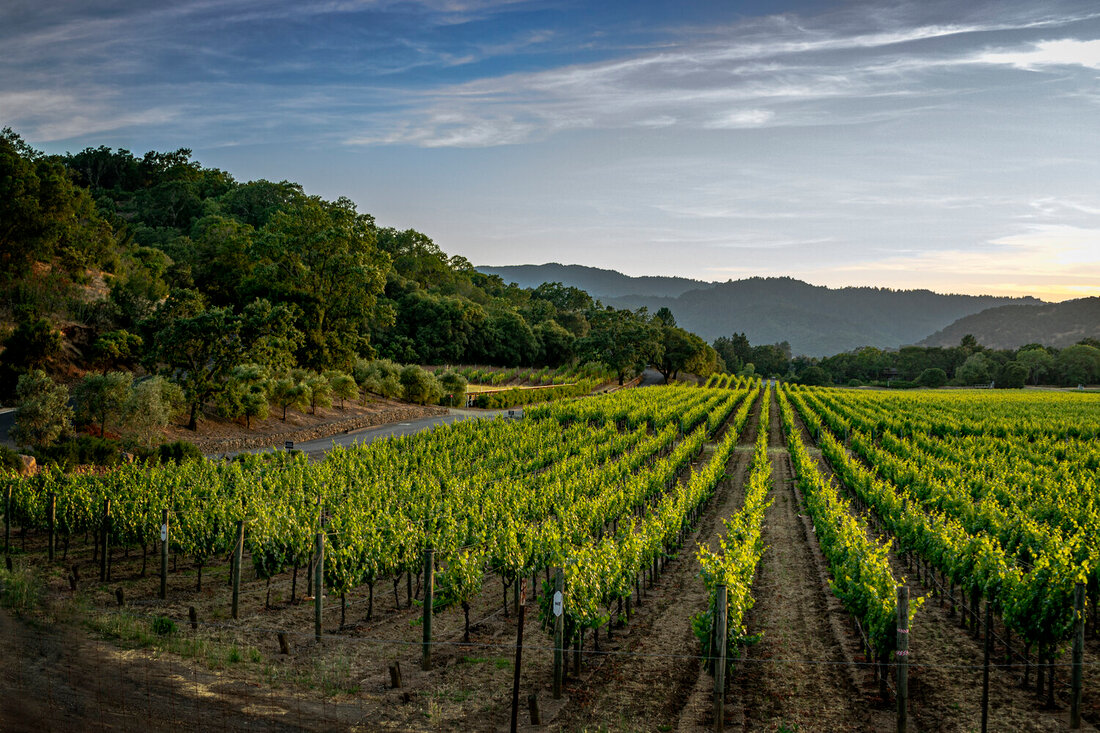
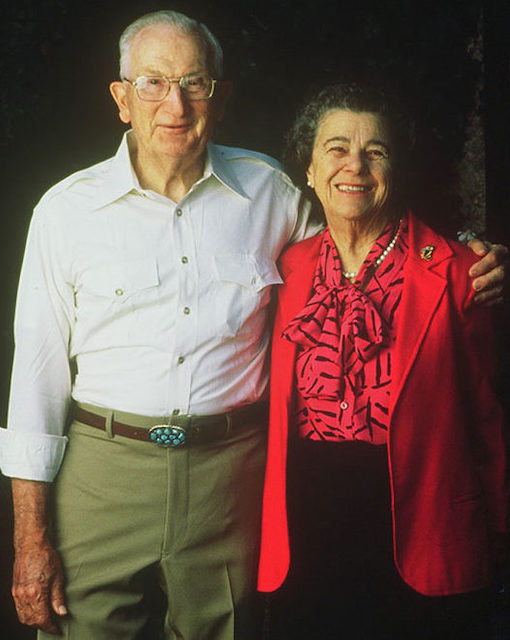
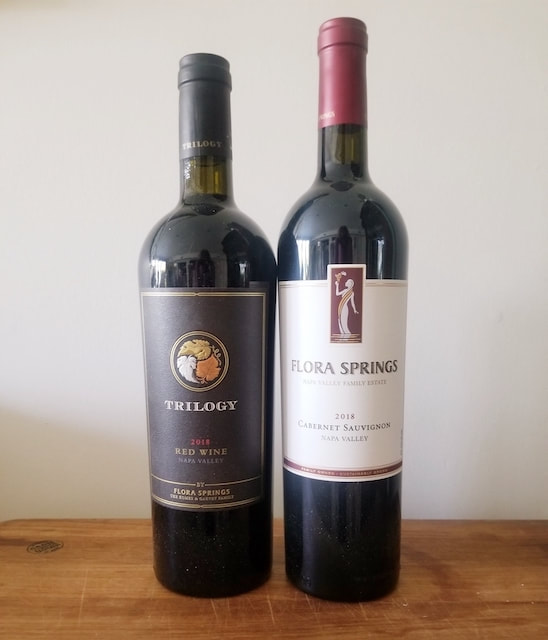
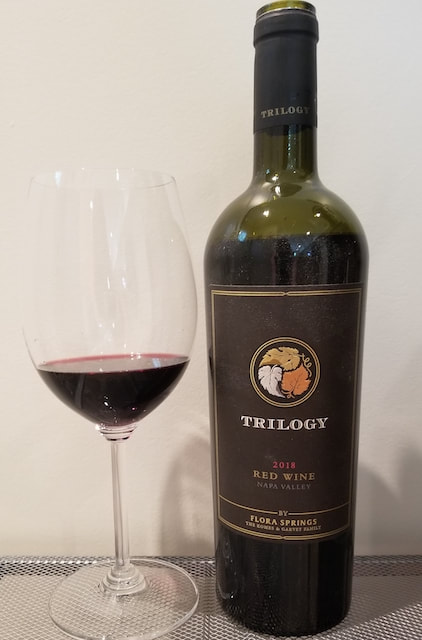
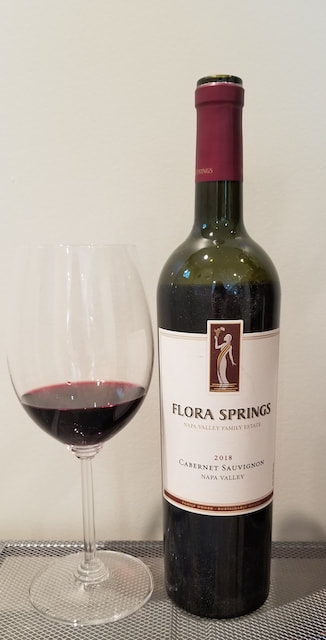
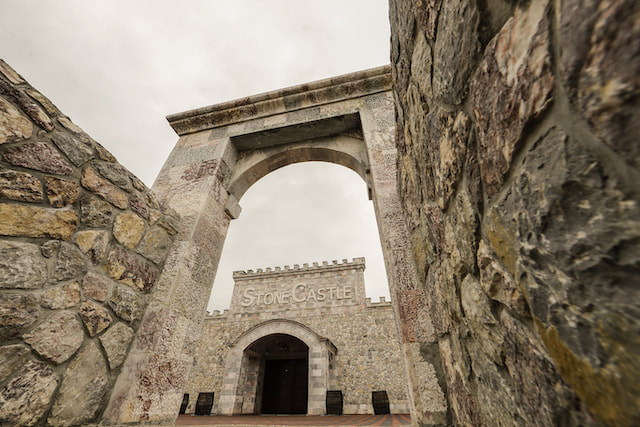
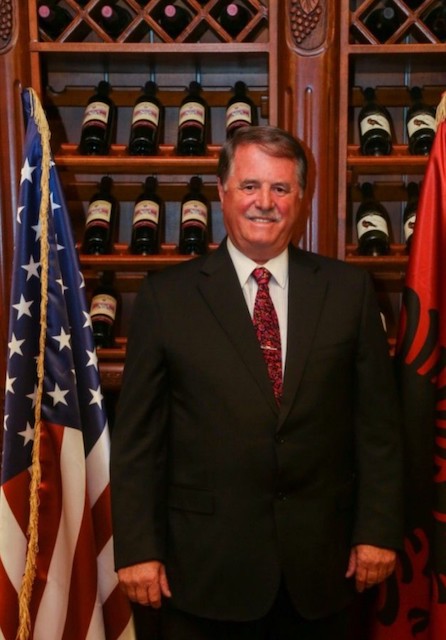
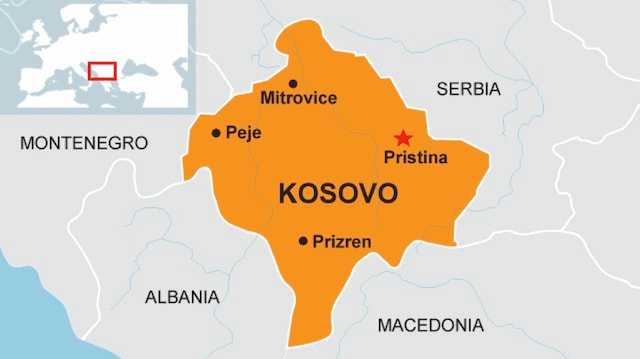
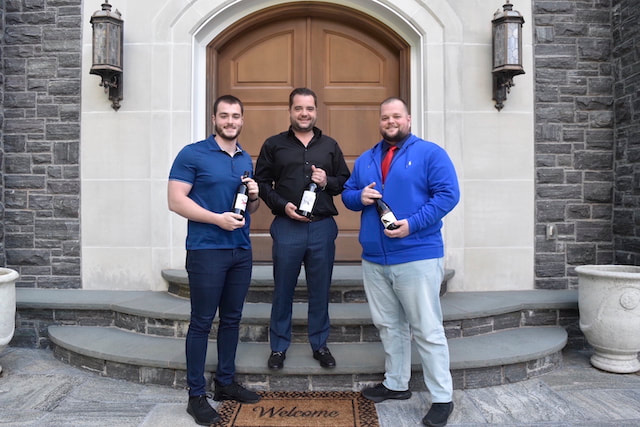
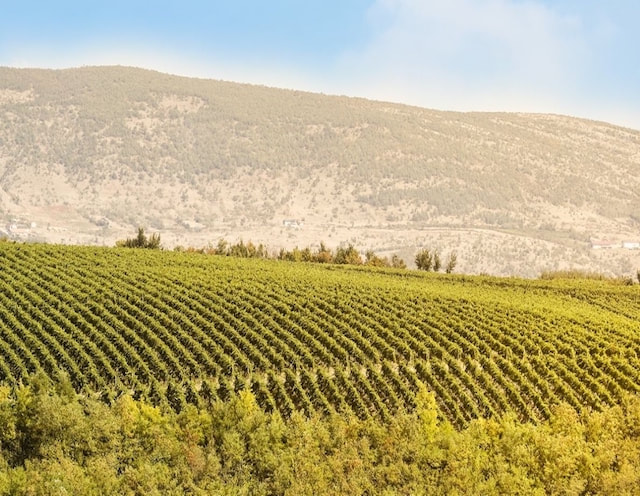
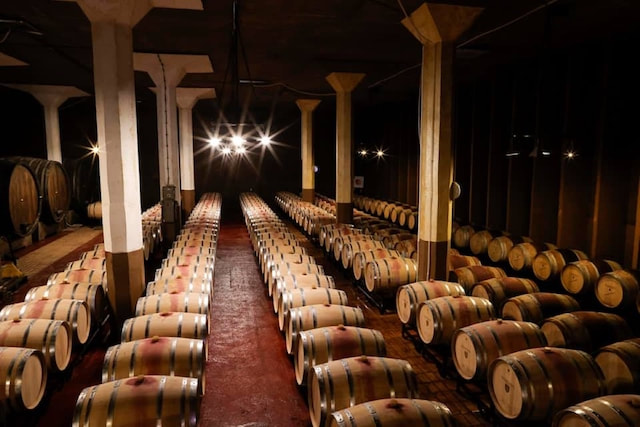
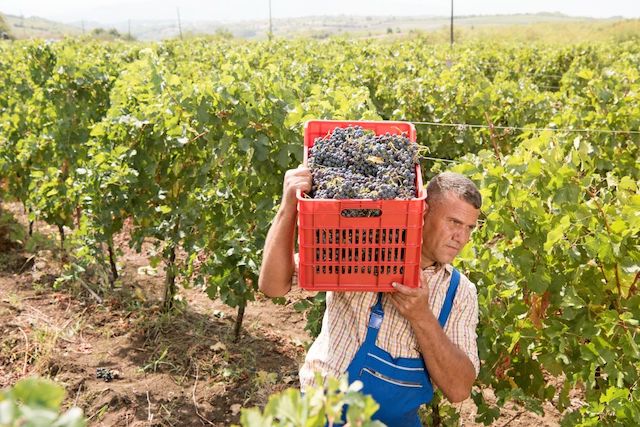
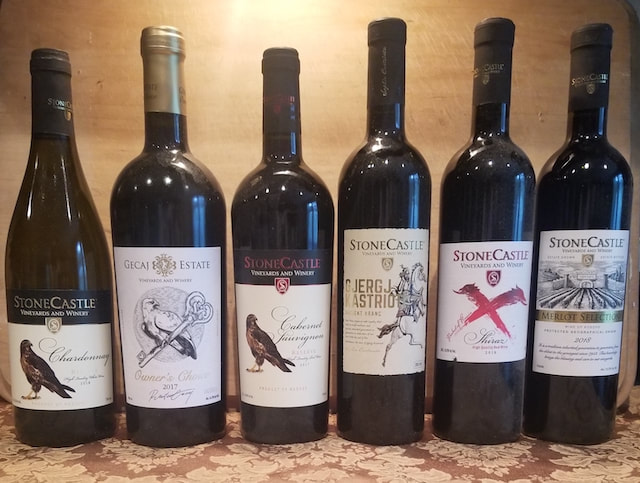
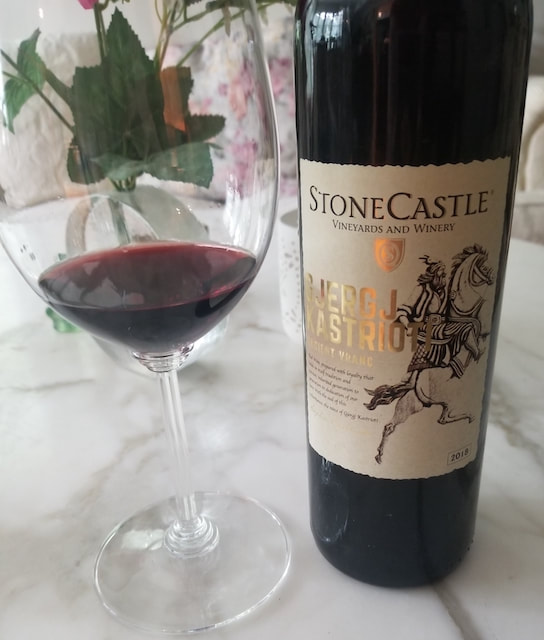
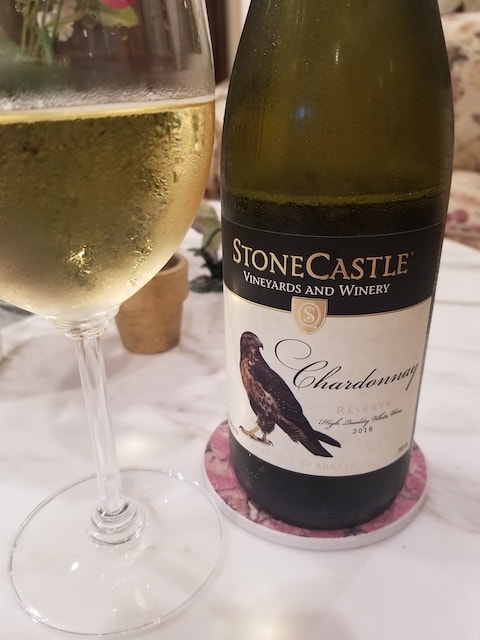
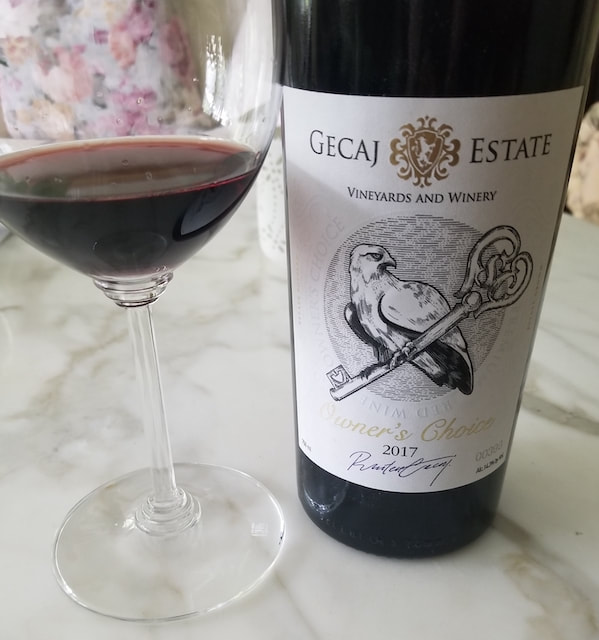
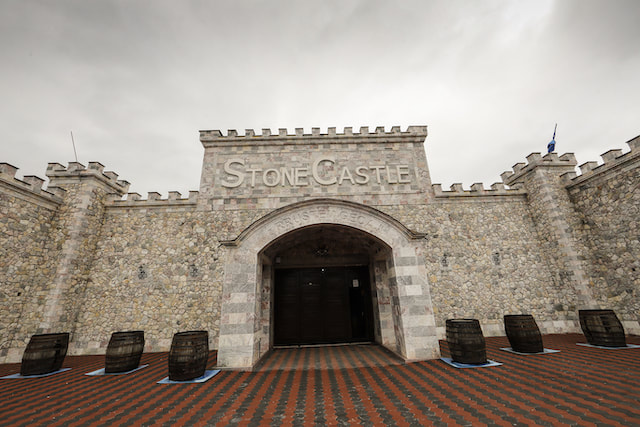
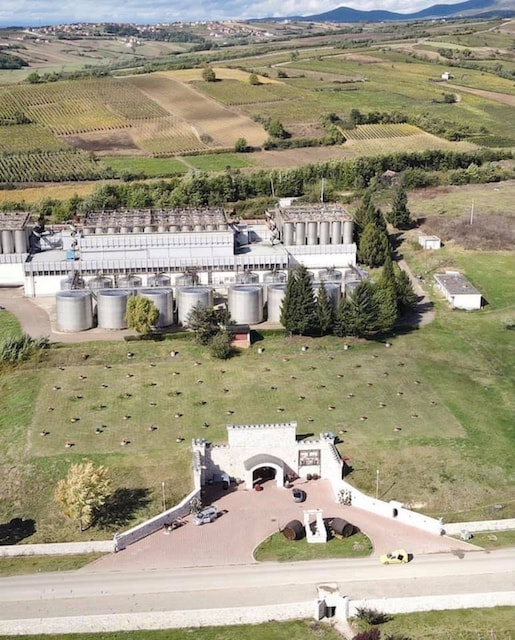
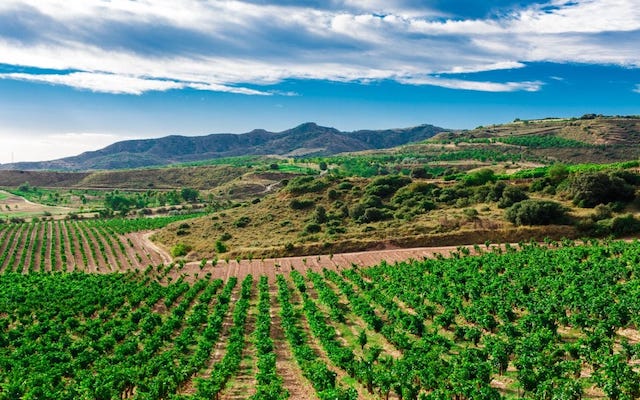
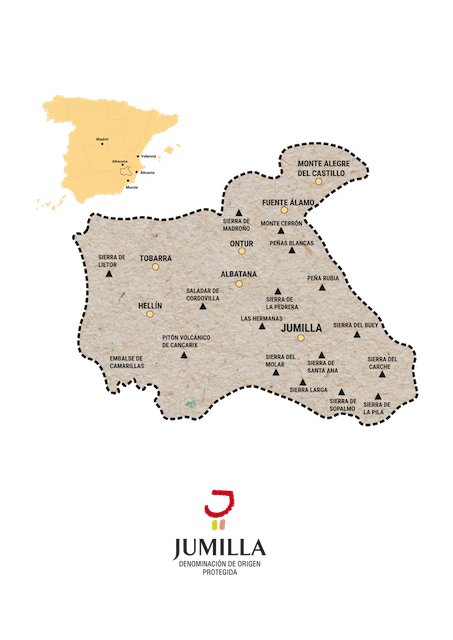
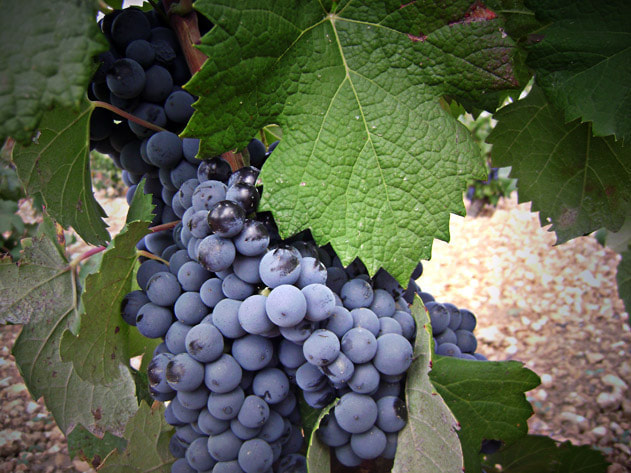
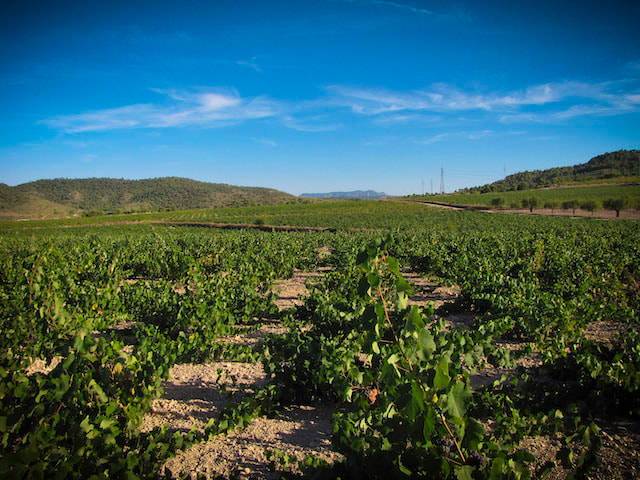
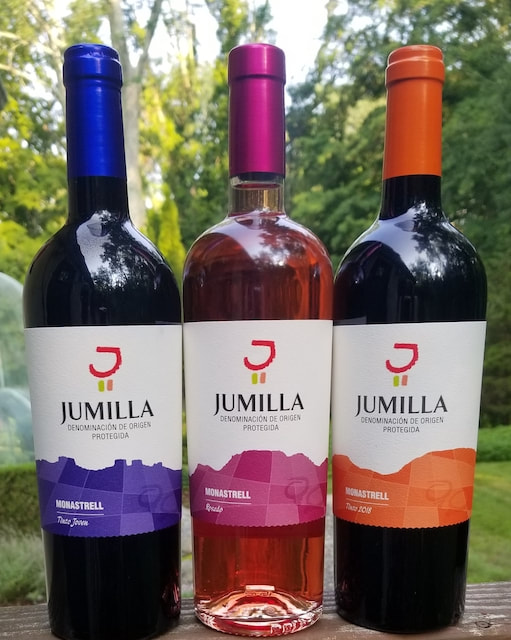
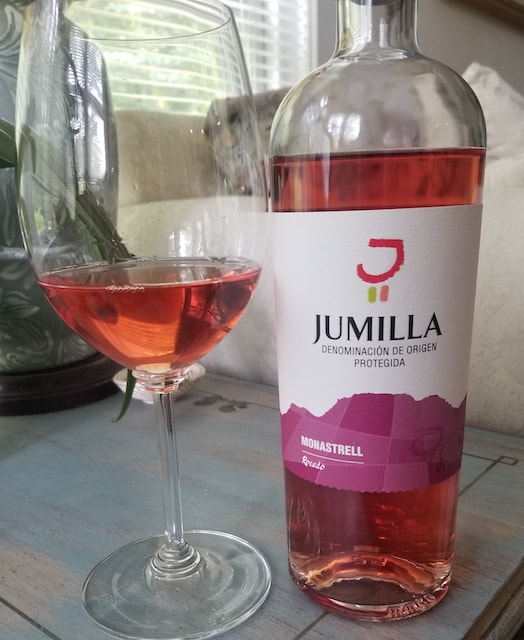
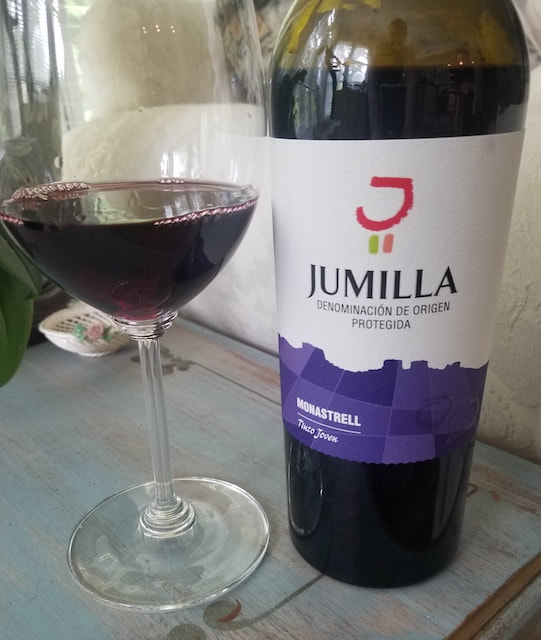
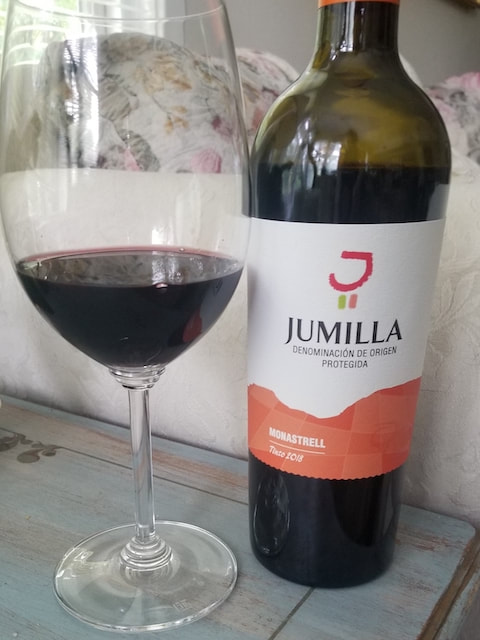
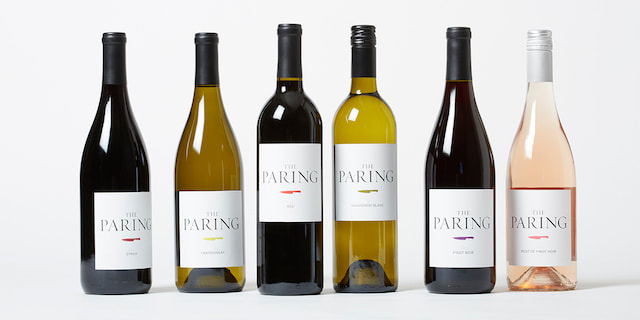
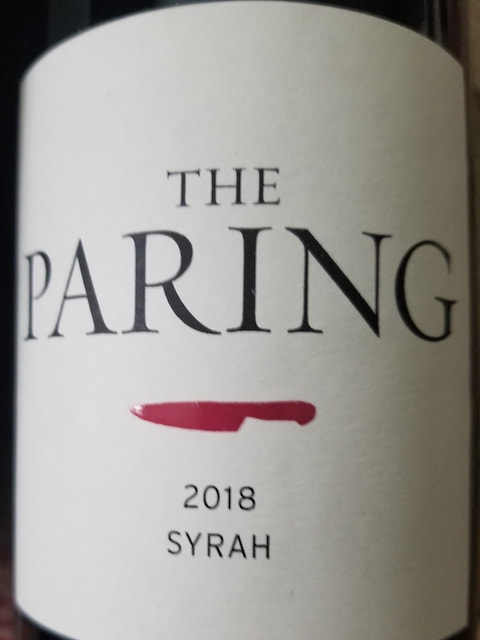
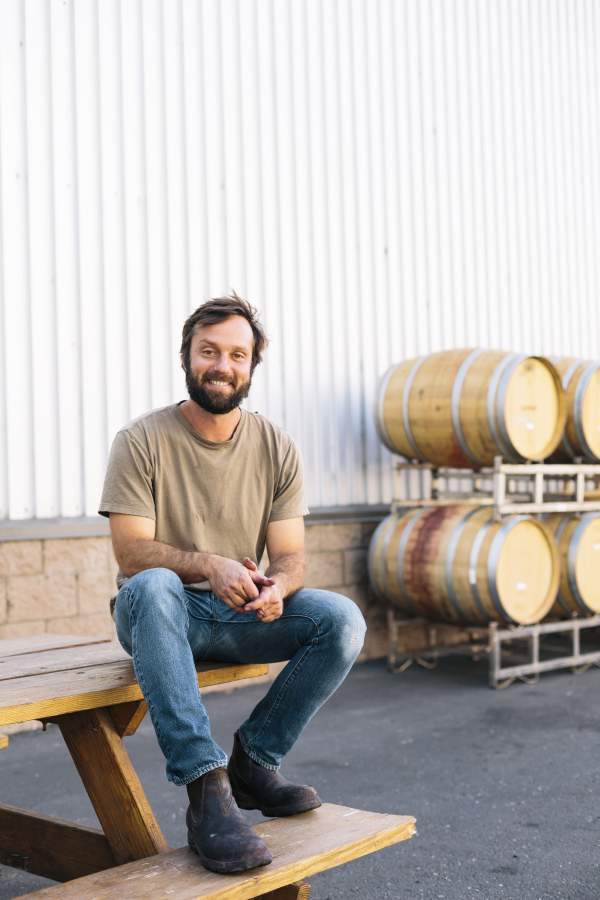
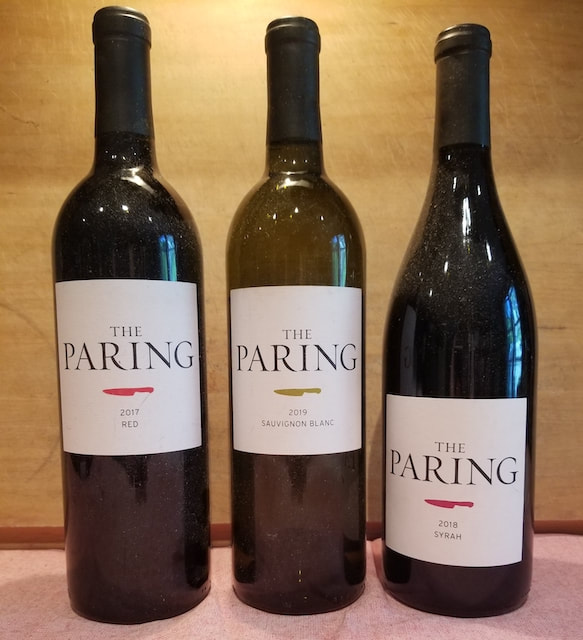
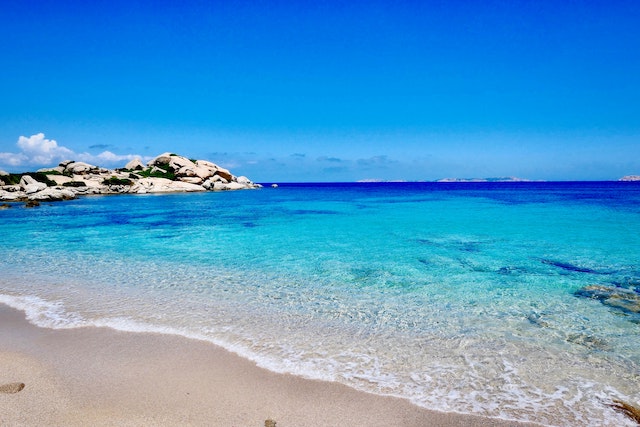
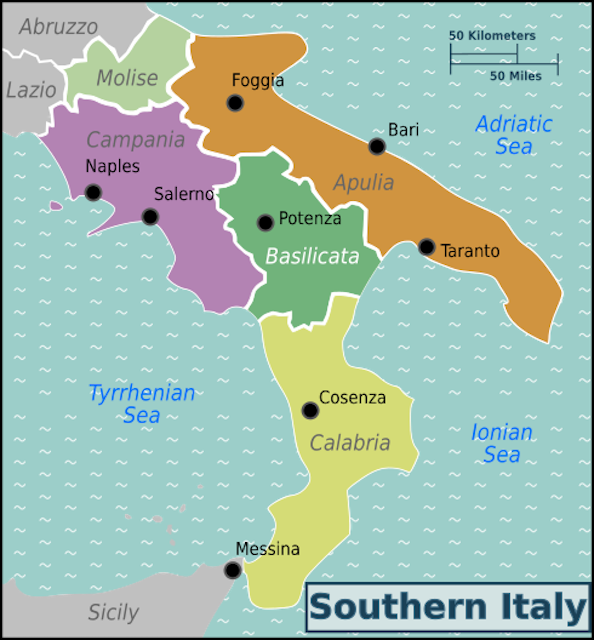
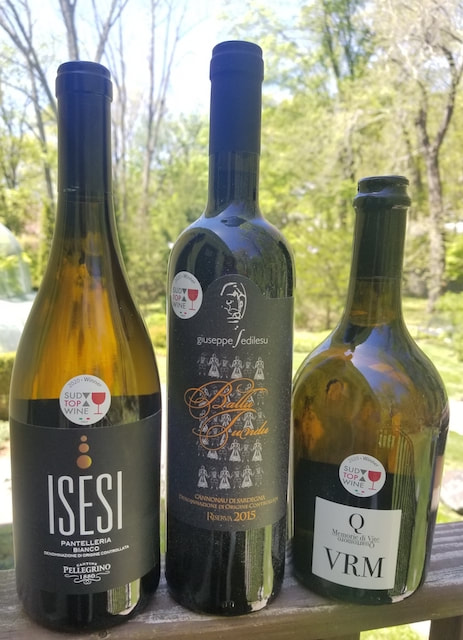

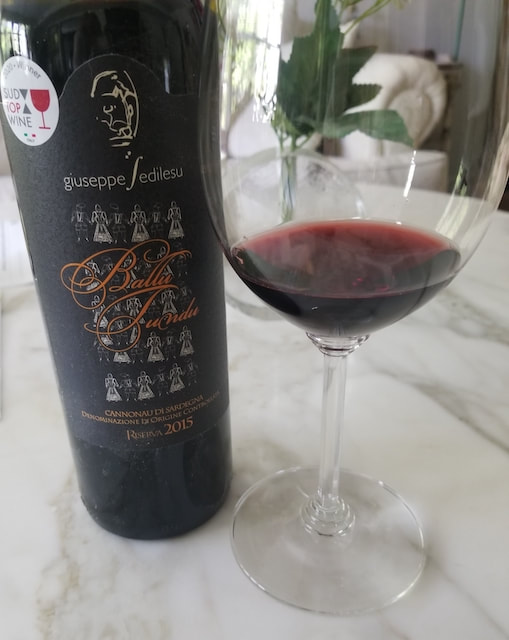
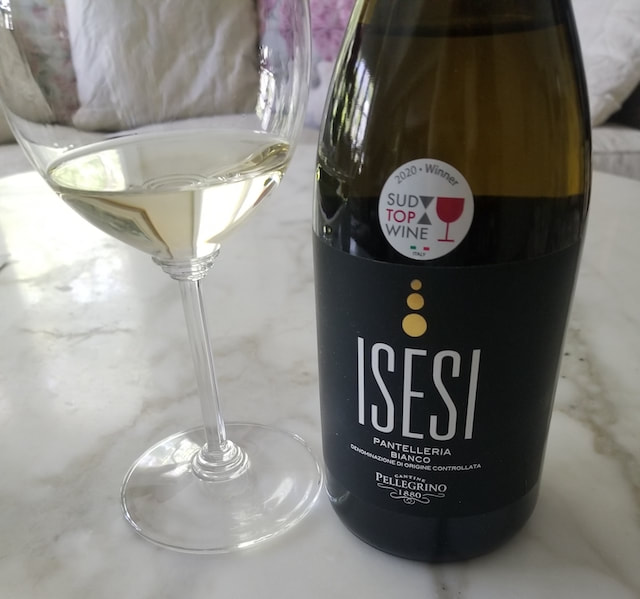
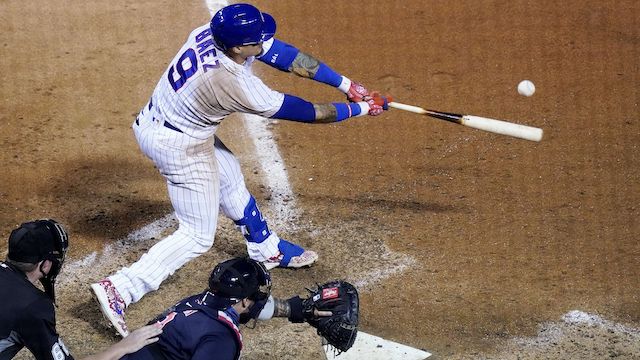

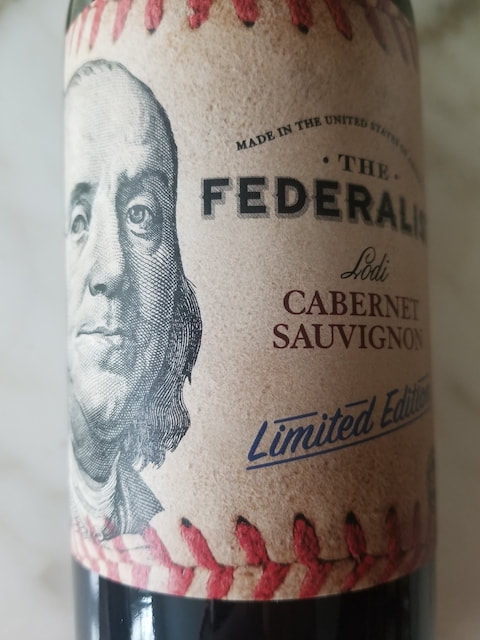
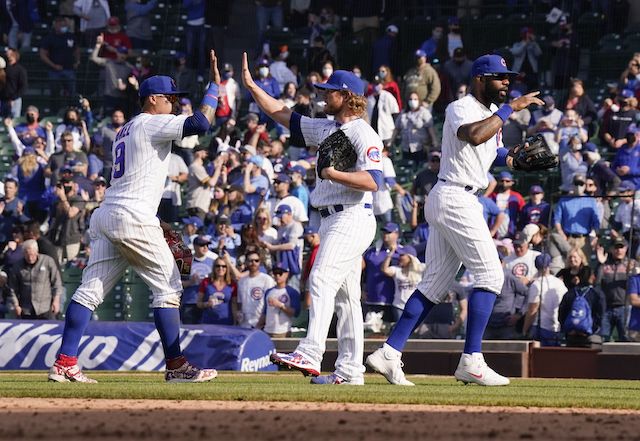

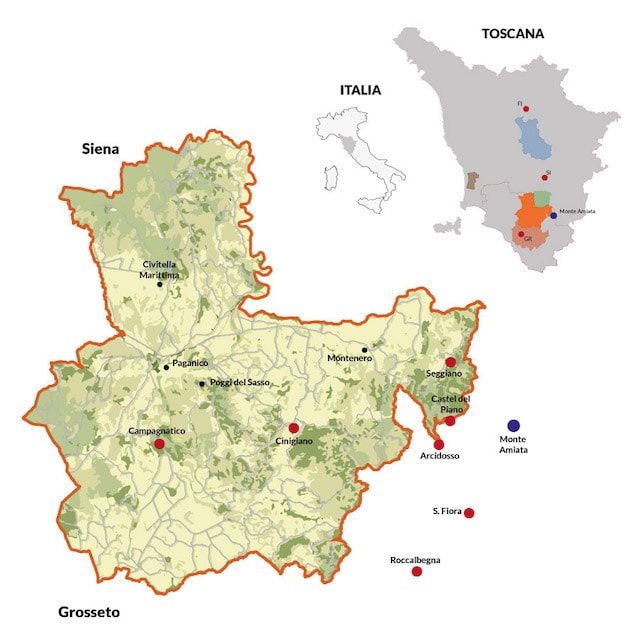
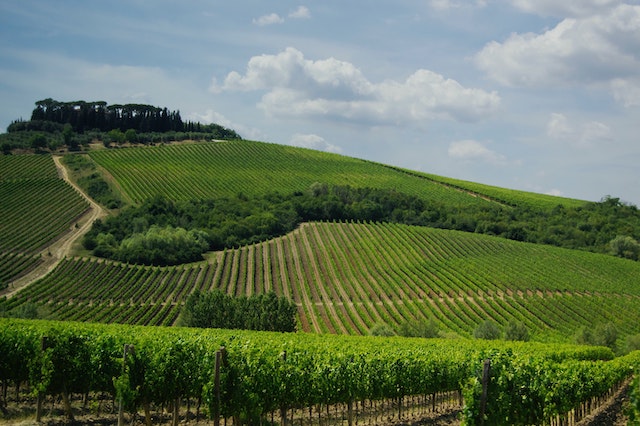
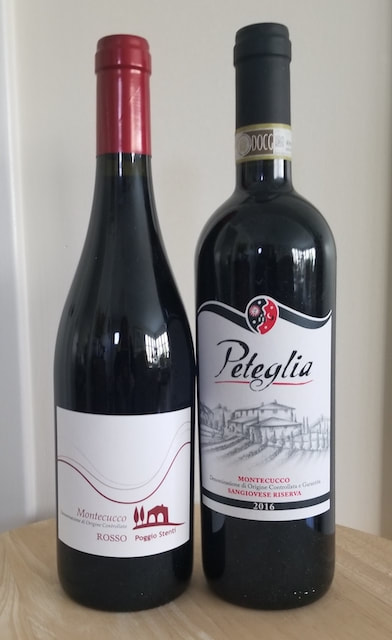
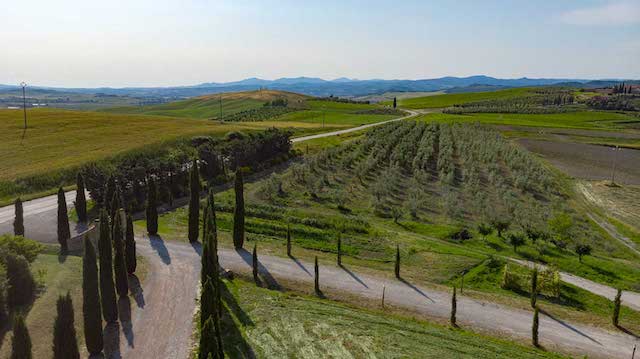
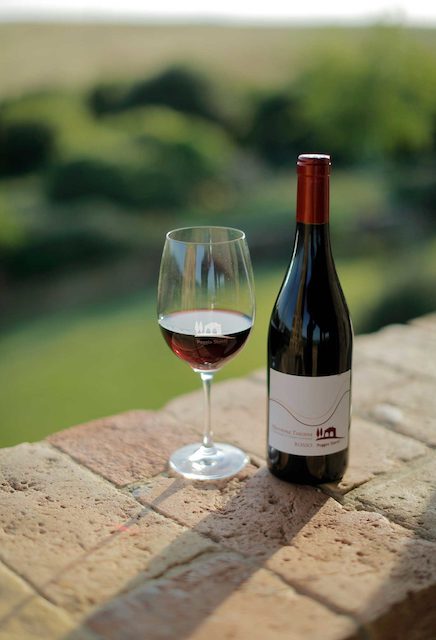
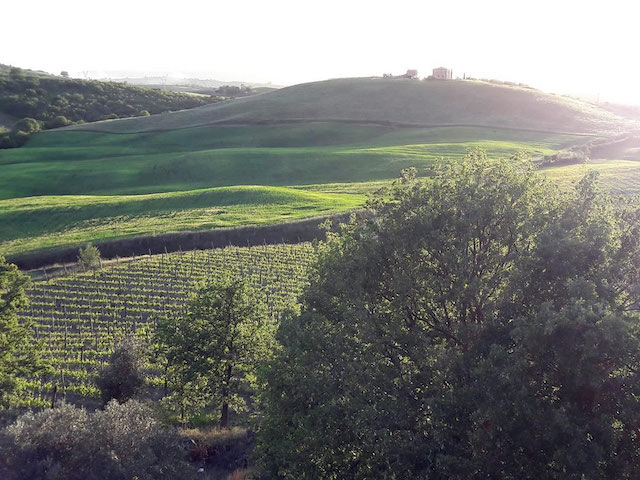
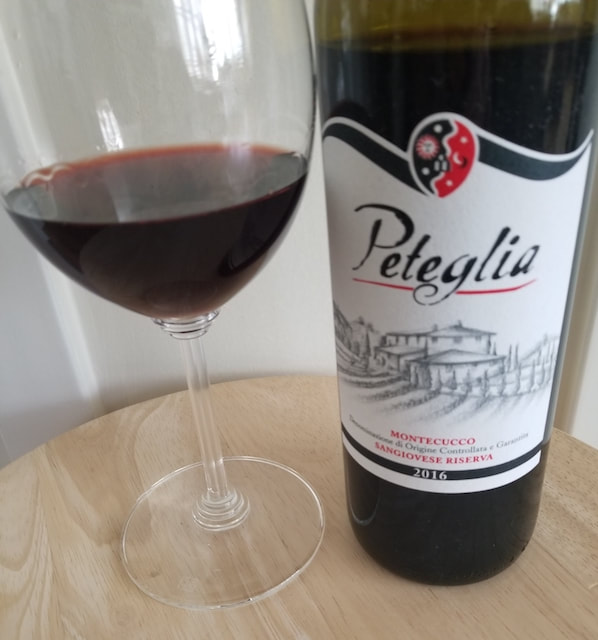
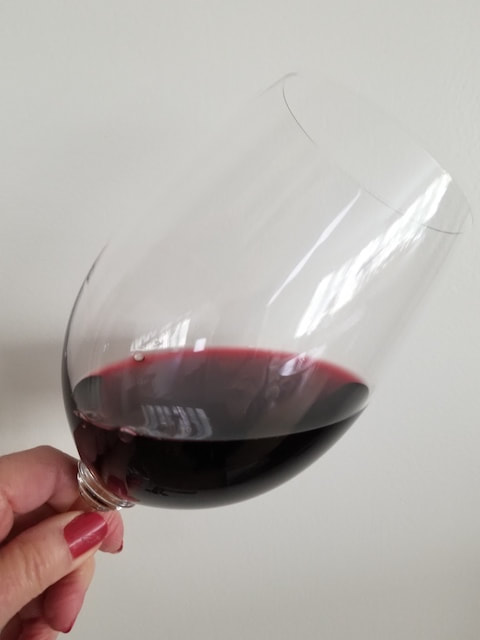
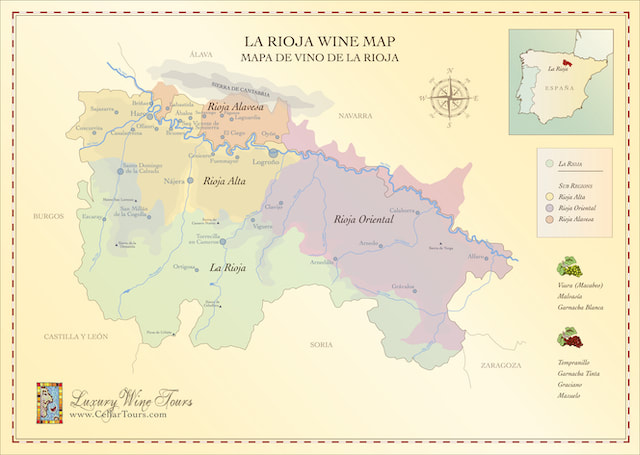
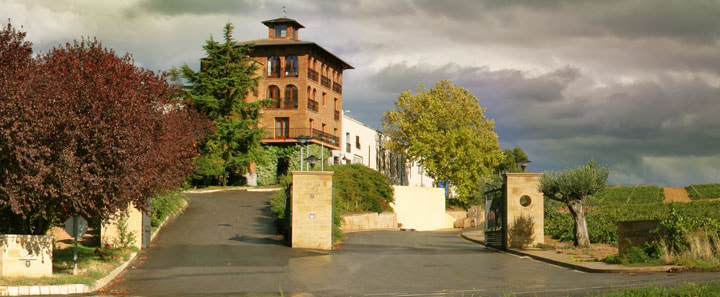
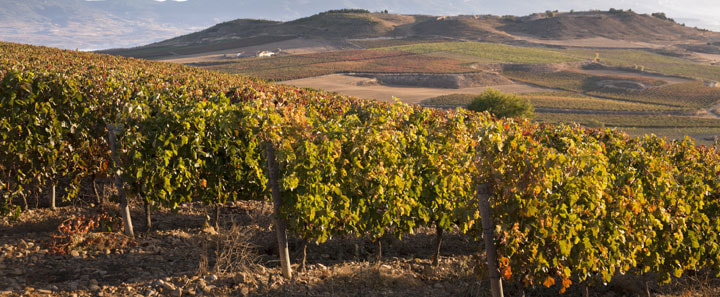
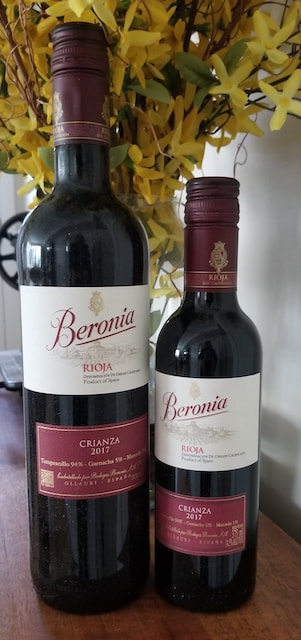
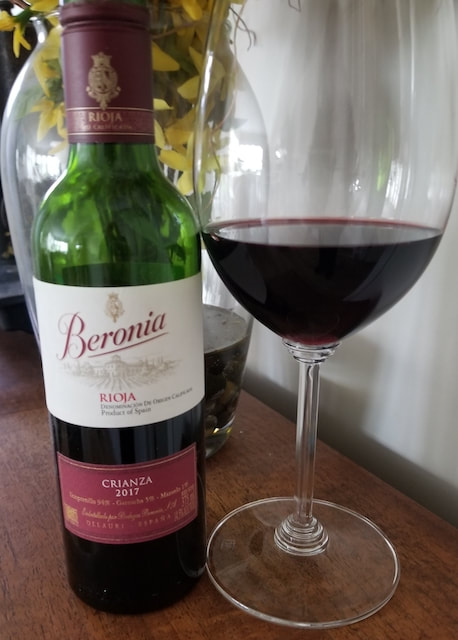
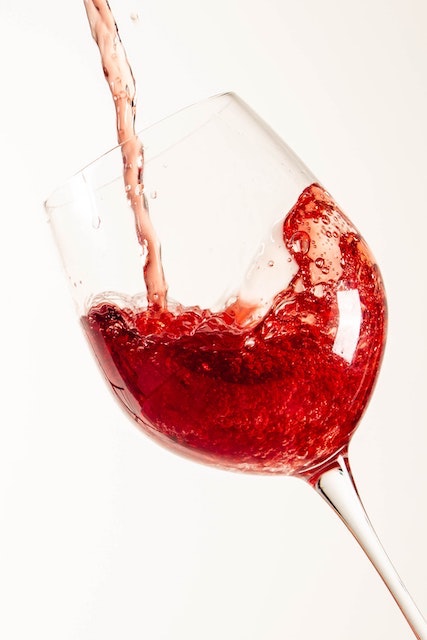
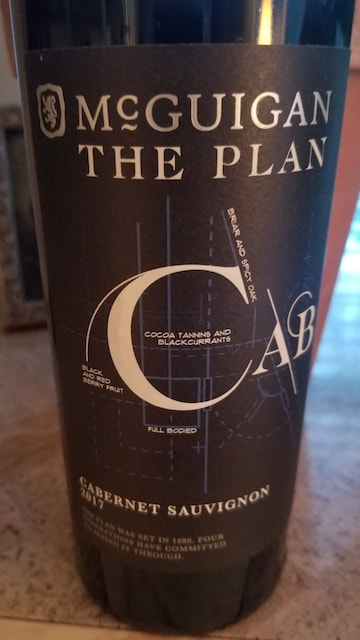
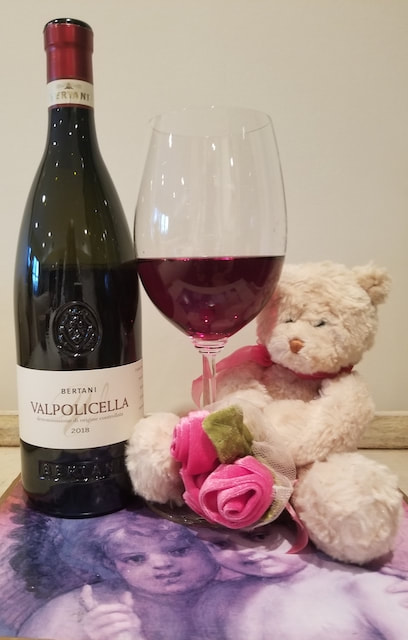
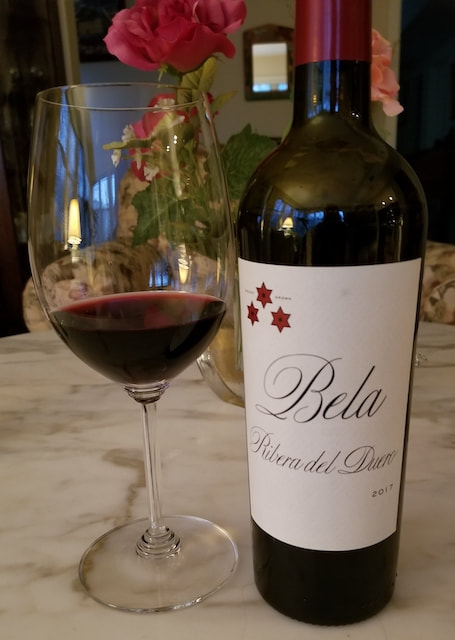
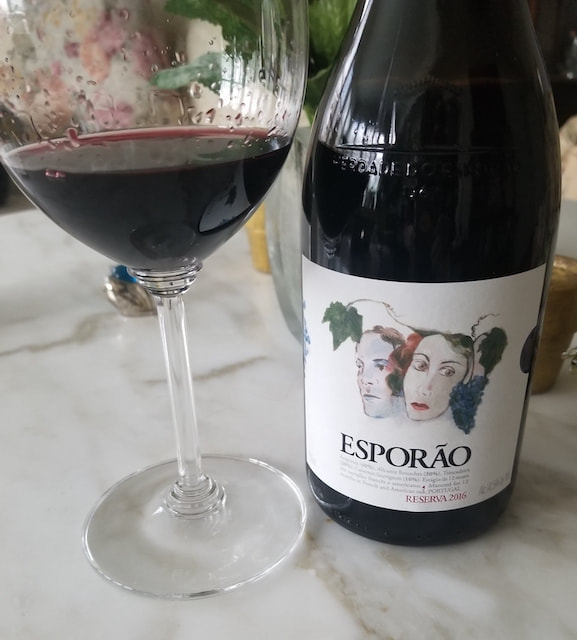
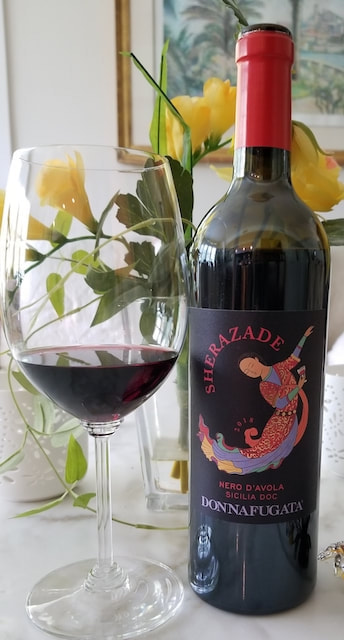
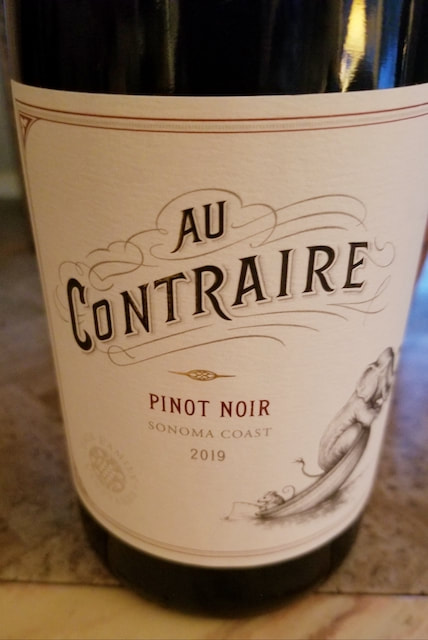
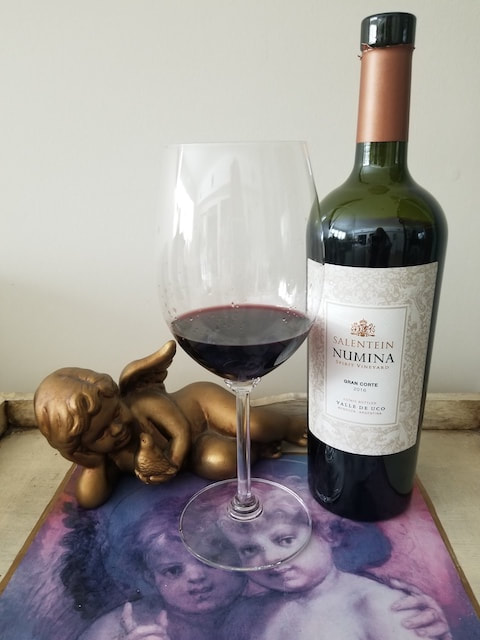
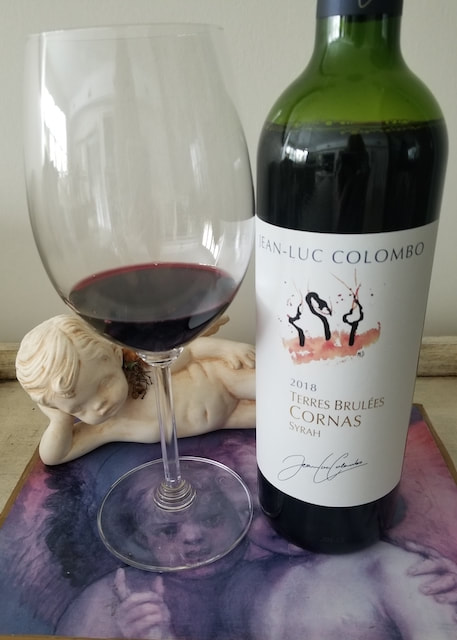
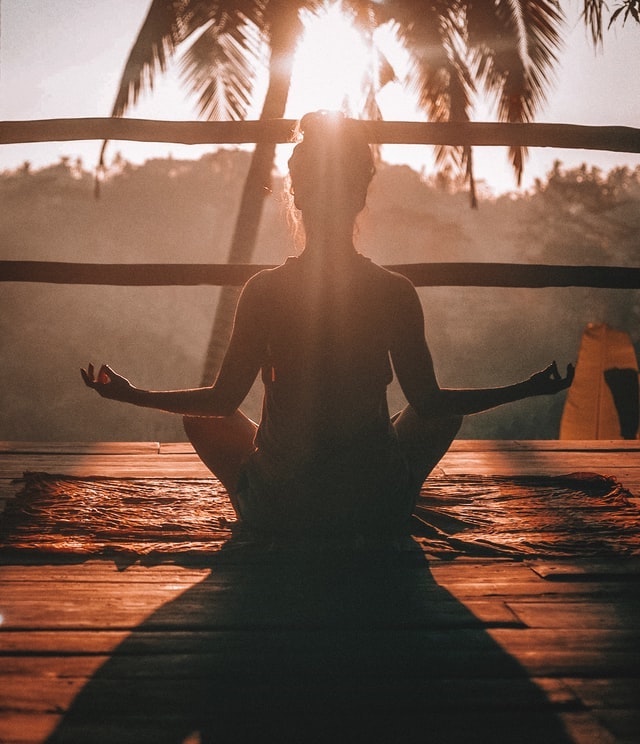
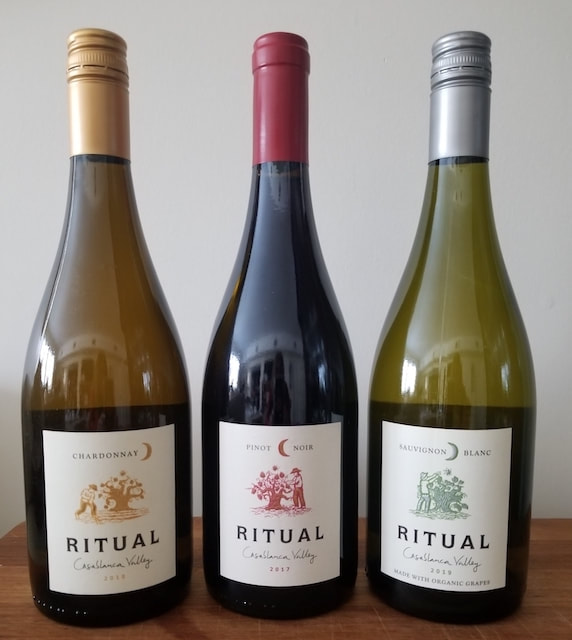
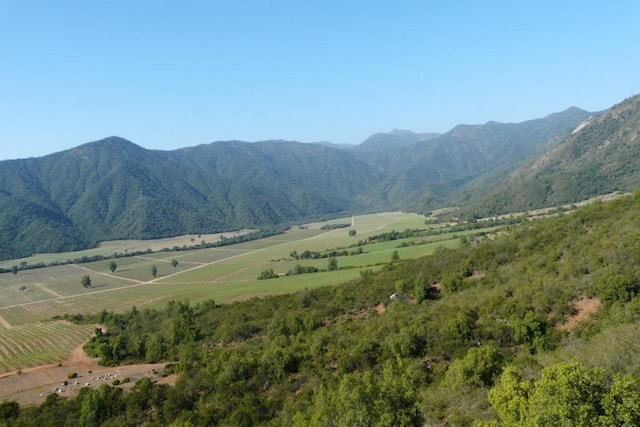
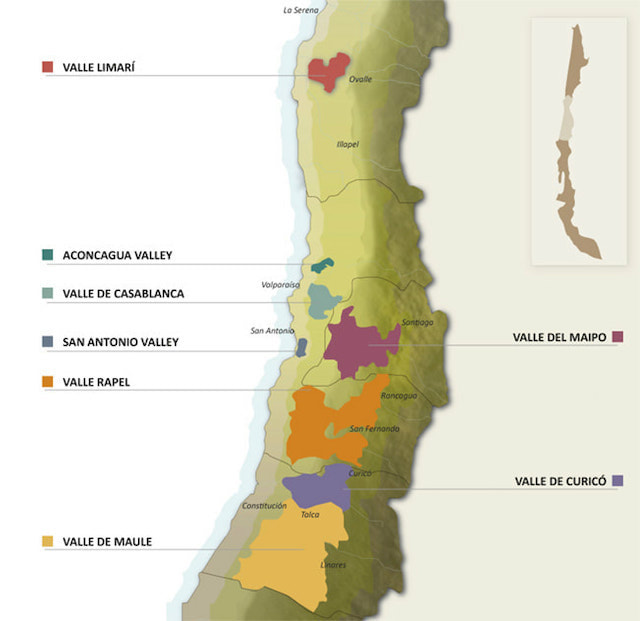
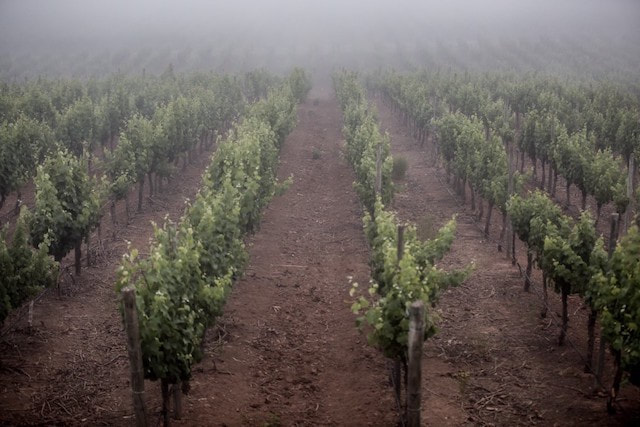
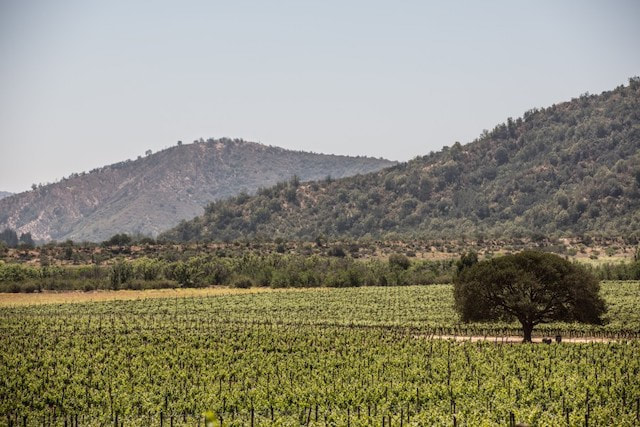
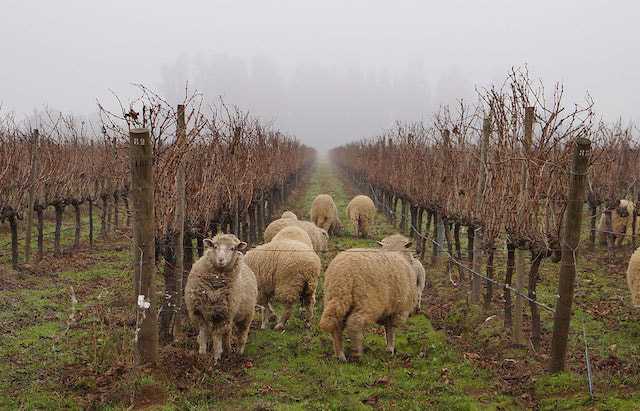
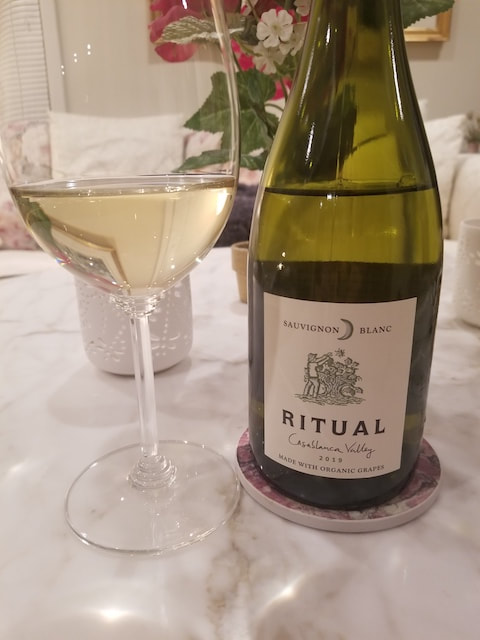
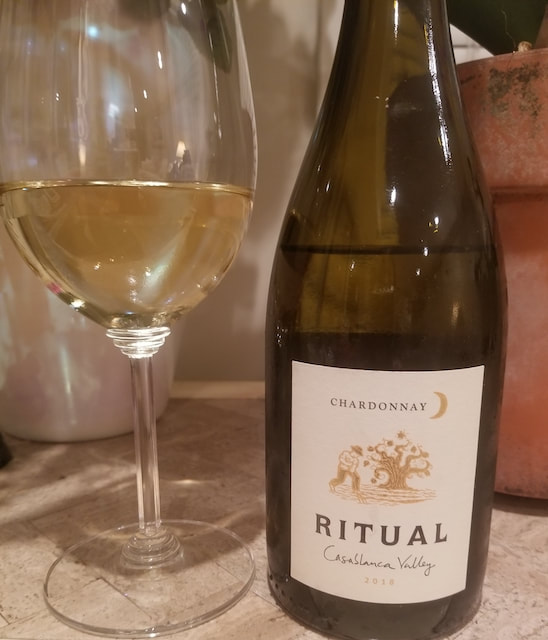
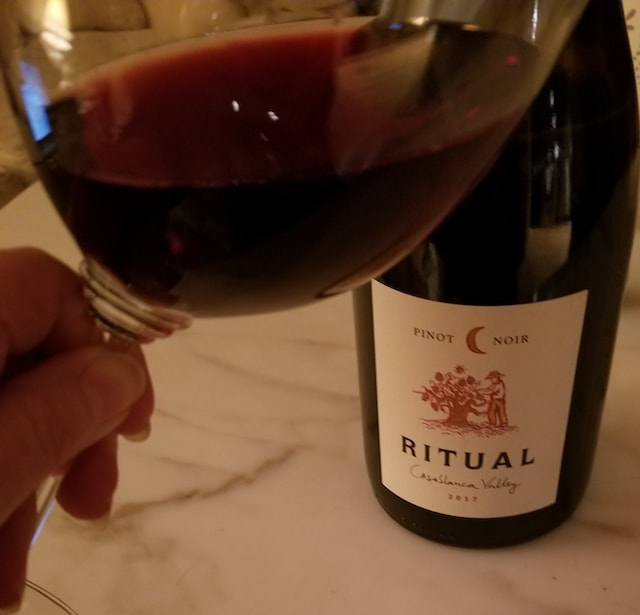
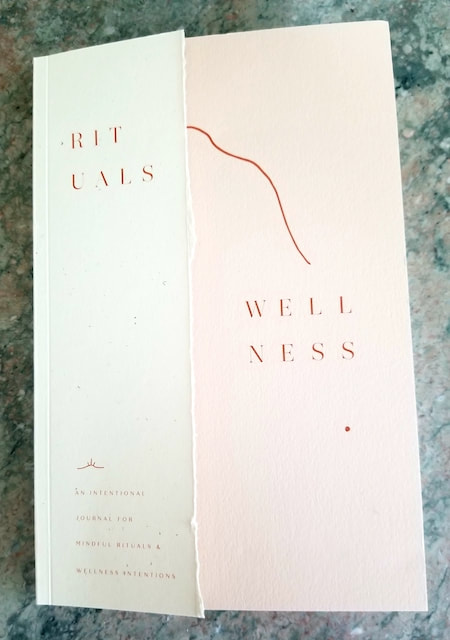
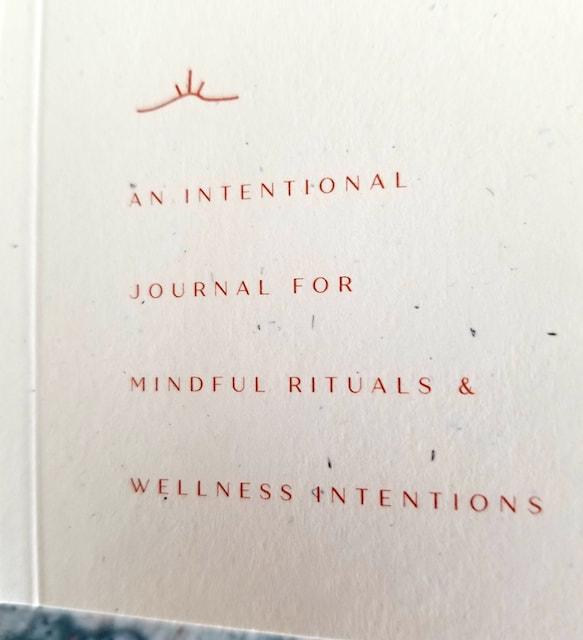
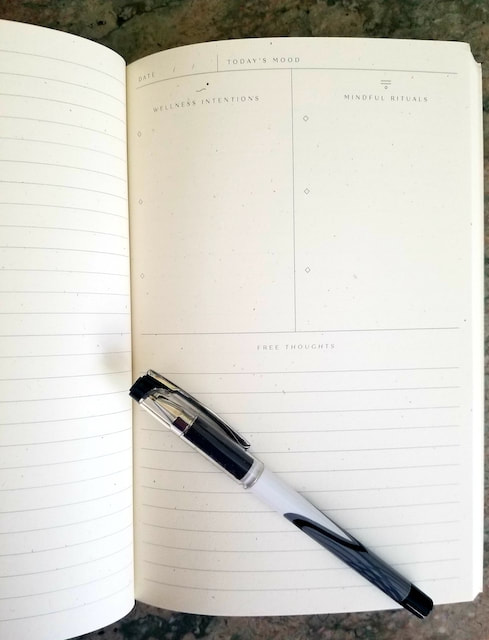
 RSS Feed
RSS Feed